Wabi sabi, an ancient Japanese philosophy celebrating imperfection and transience, offers a transformative approach to garden design that embraces nature’s raw, unfiltered beauty. In this guide, we explore 29 unique wabi sabi garden concepts that reimagine outdoor spaces not as manicured landscapes, but as living, breathing sanctuaries that honor the elegance of impermanence, asymmetry, and organic growth. Each design invites you to step away from rigid perfection and discover a more intuitive, soulful connection with the natural world.
1. Rustic Tranquility Garden
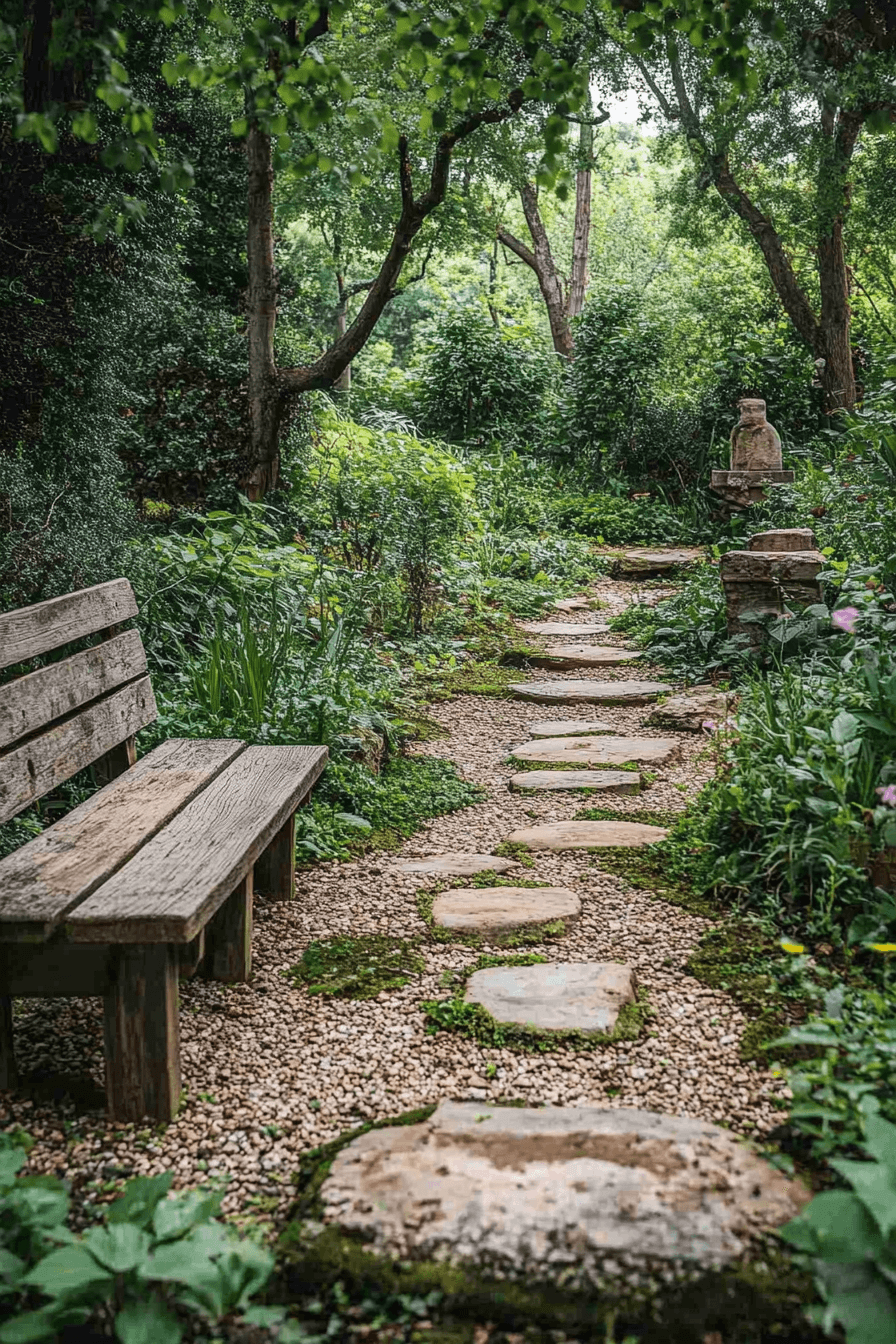
A rustic wabi sabi garden thrives on quiet imperfection and organic grace. Weathered stones and uneven paths guide you through wildflowers that grow freely, unbothered by order. The scent of damp soil and aged wood fills the air with timeless calm. Every crack, every faded petal, becomes part of the story.
2. Moss-Lined Serenity Path
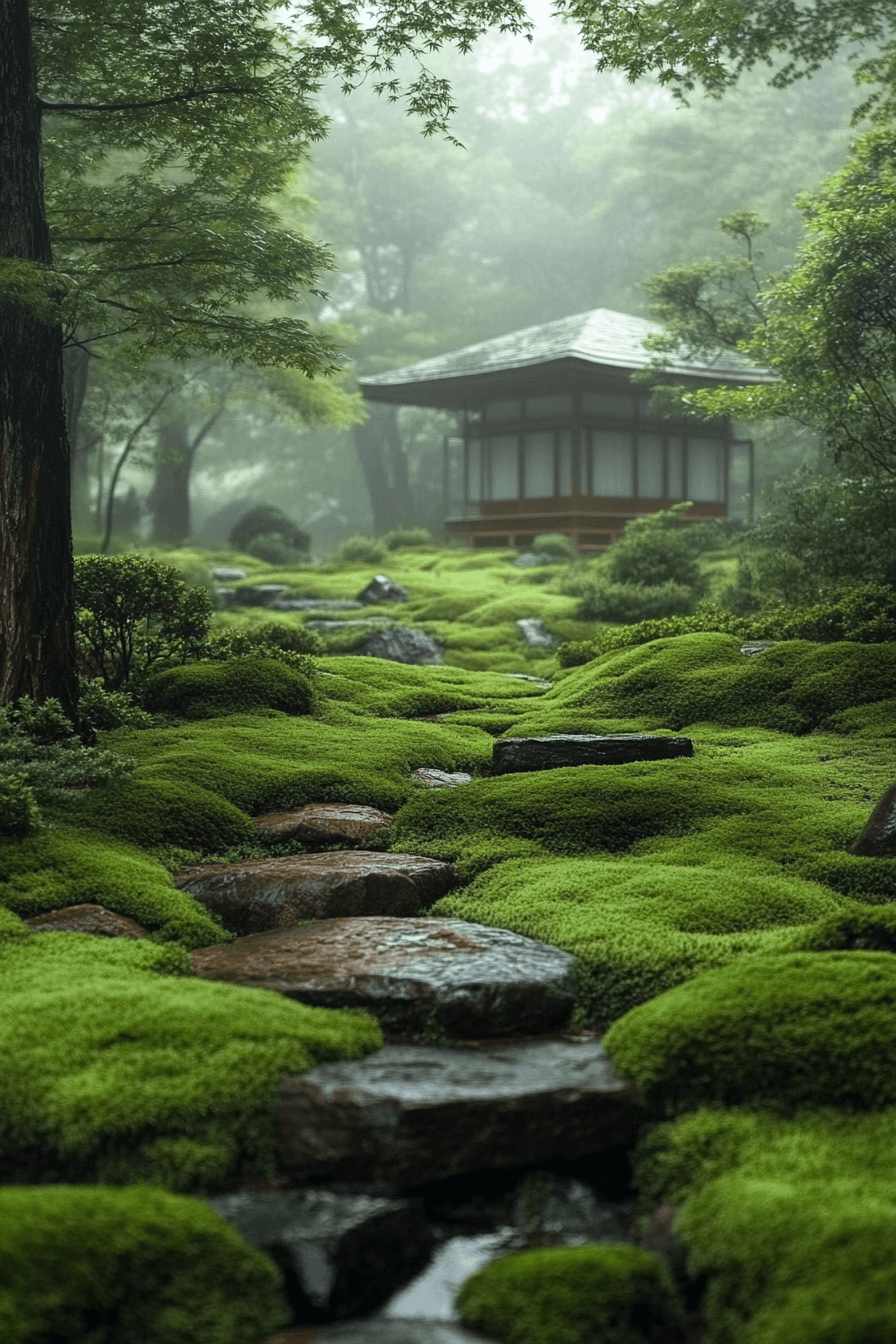
Moss transforms a wabi sabi garden into a living carpet of emerald softness. It creeps along stones, benches, and tree roots, softening edges with patience and grace. The colors shift with the light, creating a dreamlike rhythm through the seasons. It’s an ever-changing tapestry of stillness and renewal.
3. Art of Imperfection
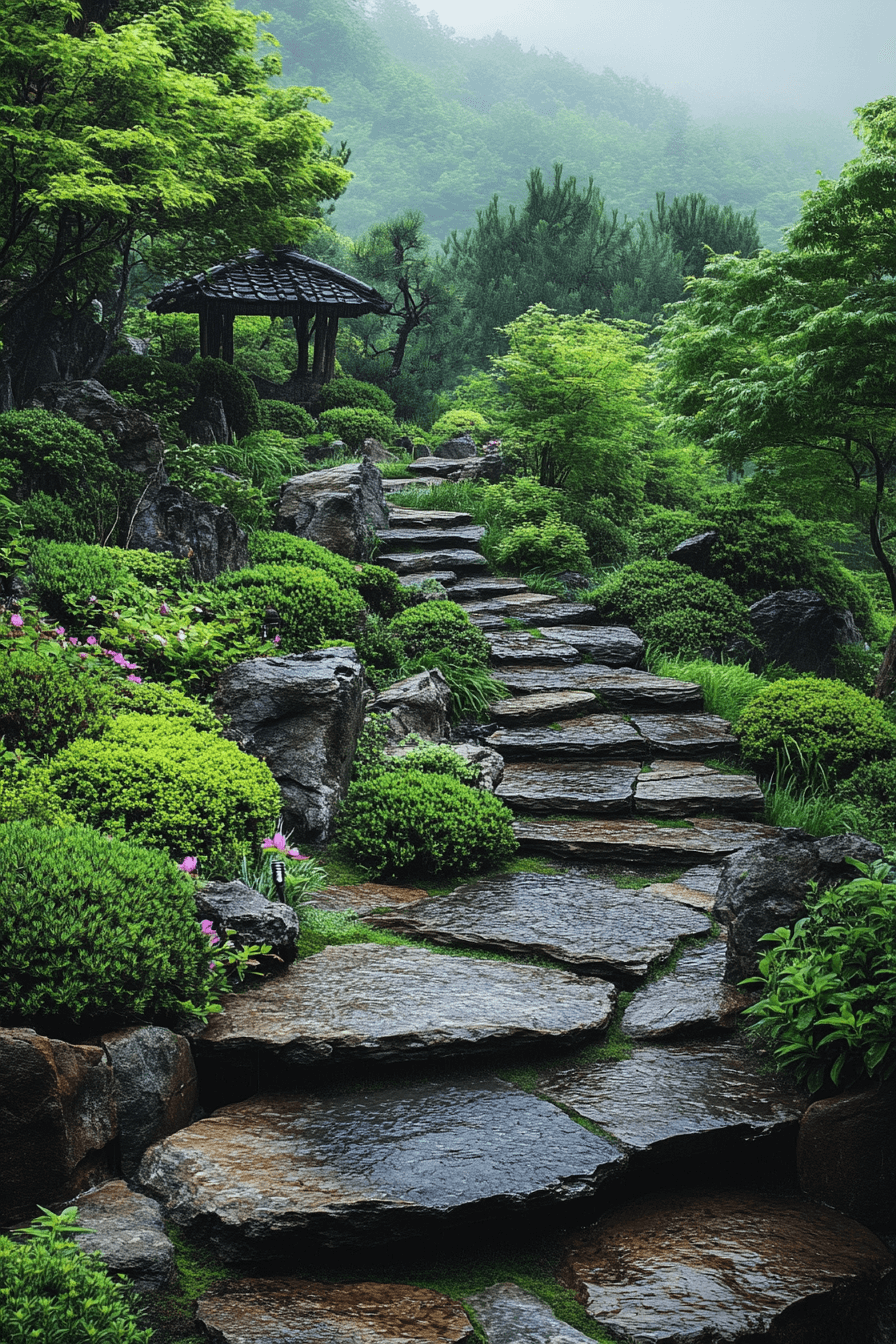
In a wabi sabi garden, imperfection takes center stage as the purest expression of beauty. Stones lie unevenly, branches twist unexpectedly, and nature’s hand shapes everything with humility. The charm lies in how it feels—unplanned, authentic, and deeply human. Even the asymmetry tells a story of balance through acceptance.
4. Wild Freedom Retreat
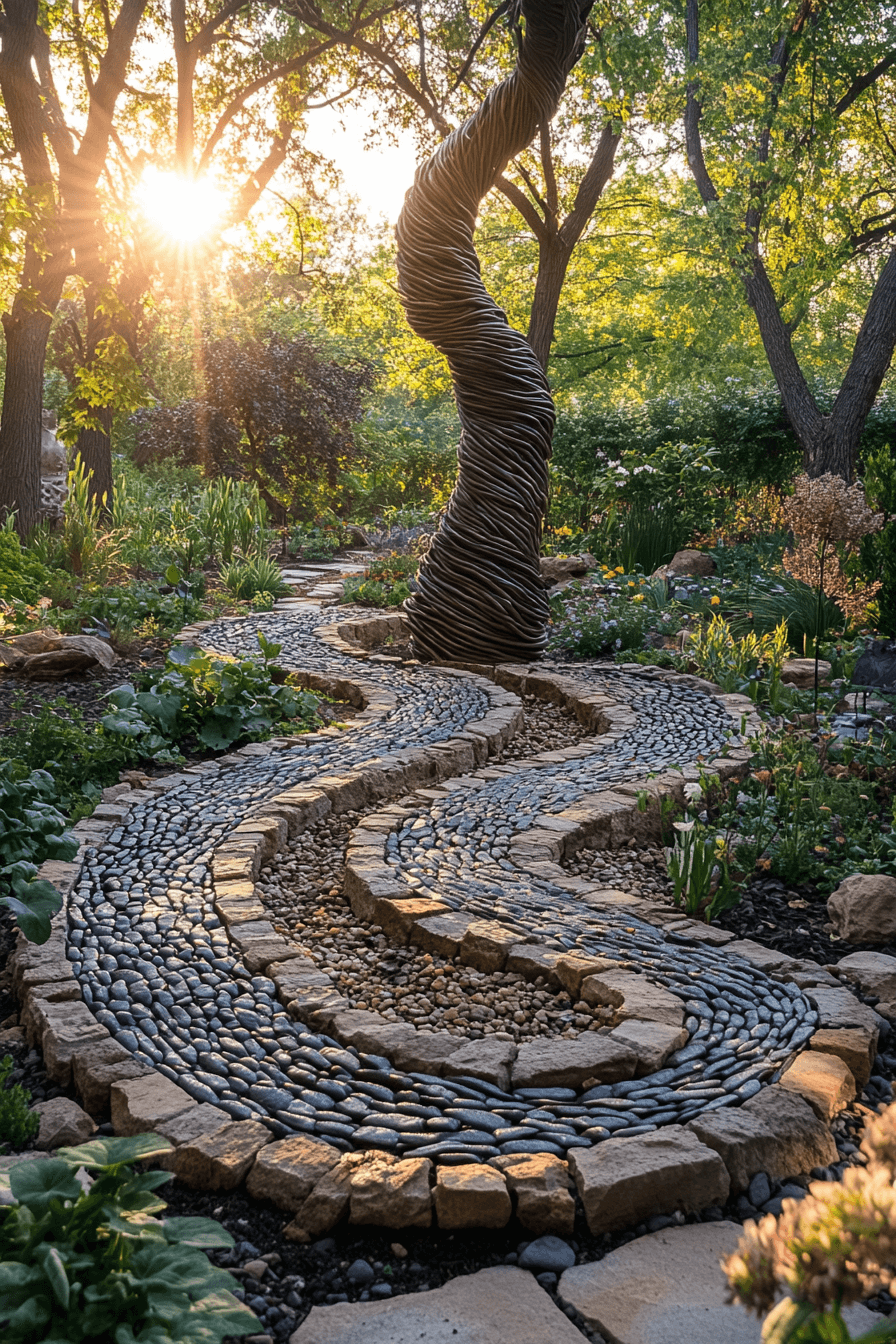
A wabi sabi garden full of untamed energy mirrors the spirit of the wild. Vines climb freely, petals scatter in the breeze, and sunlight dances across weathered wood. Every element feels spontaneous, yet perfectly in tune with nature’s rhythm. It’s beauty that grows without boundaries.
5. Earthen Harmony Space
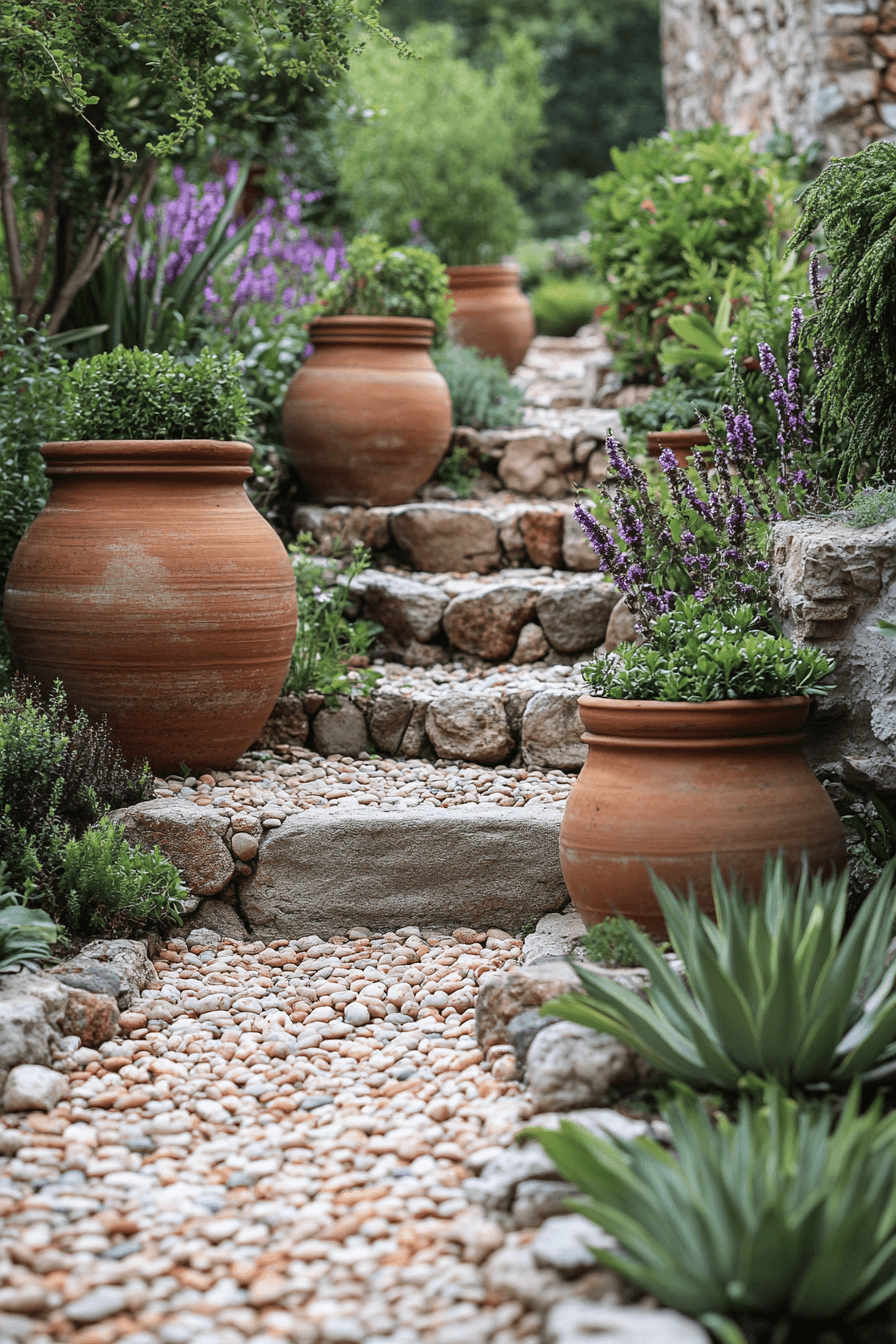
Grounded in the earth’s raw palette, a wabi sabi garden radiates quiet strength. Clay pots, gravel pathways, and terracotta hues form a symphony of texture and tone. Nothing feels polished or forced—just simple, authentic beauty. The warmth of the soil connects you back to life’s essentials.
6. Timeless Woodland Refuge
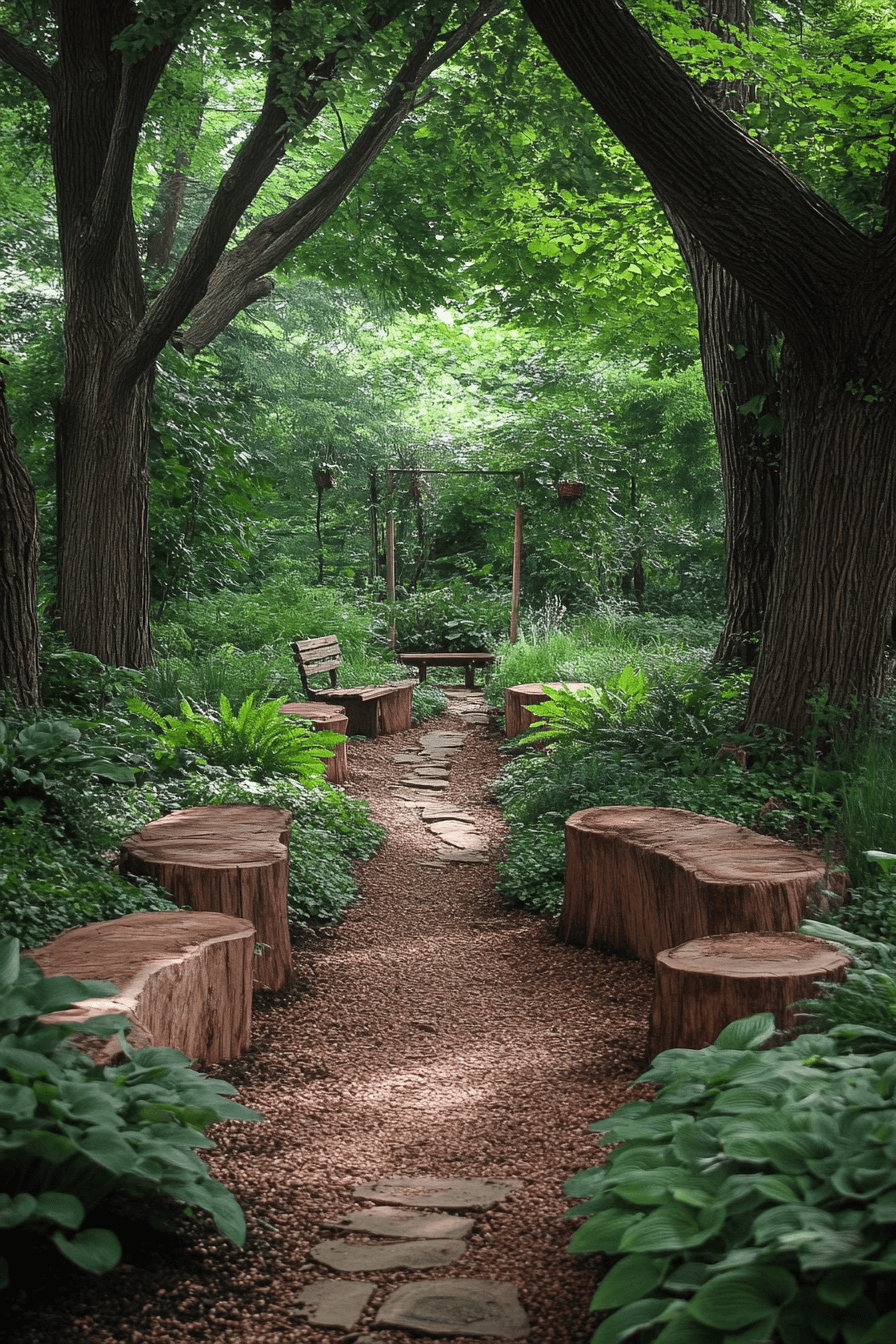
Entering a woodland-inspired wabi sabi garden feels like discovering an ancient secret. Fallen branches, mossy trunks, and the scent of rain-soaked soil create a world untouched by time. Dappled sunlight filters through leaves, revealing small wonders in every corner. It’s nature’s art in its purest form—quietly alive and endlessly evolving.
7. Flow of Asymmetry
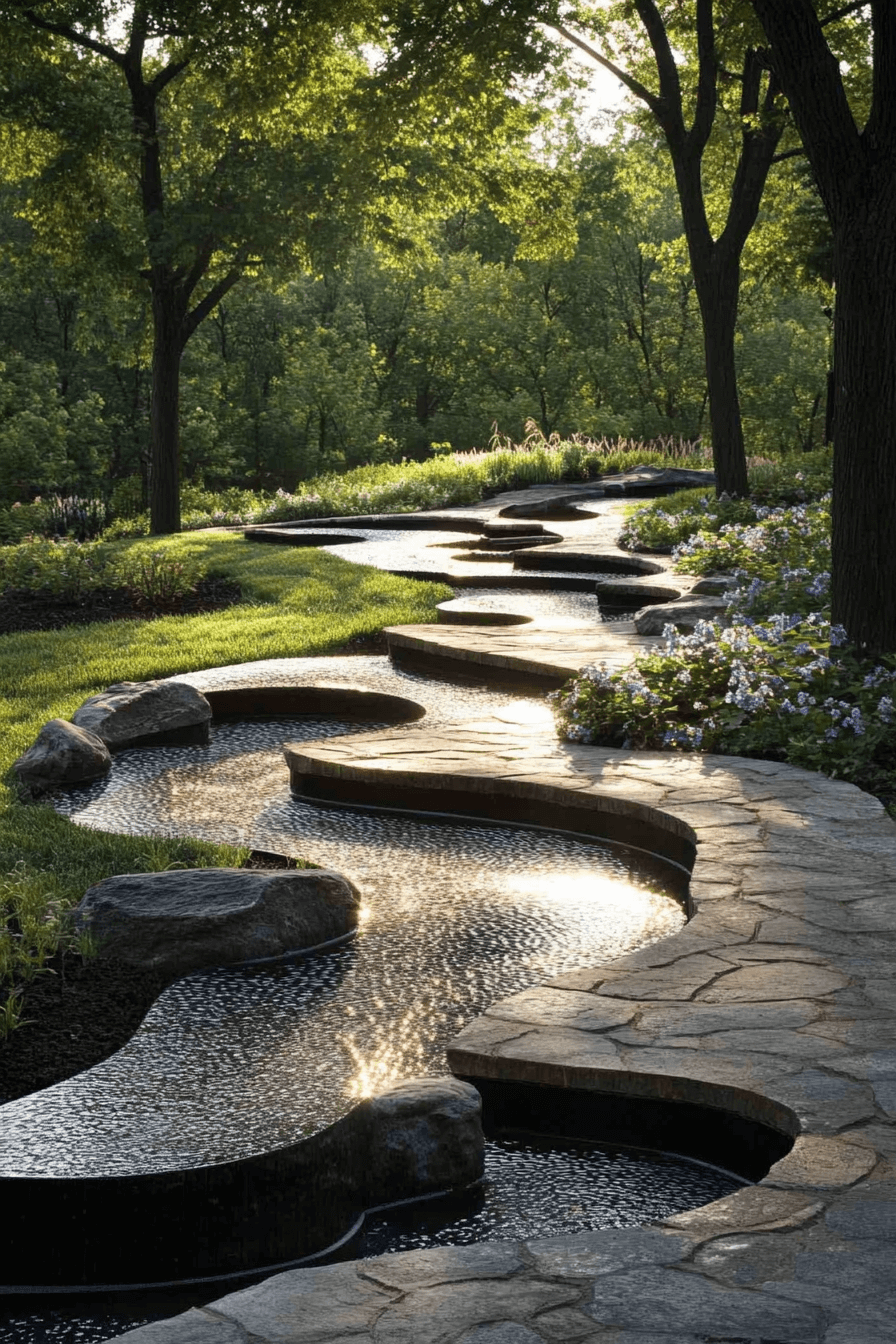
Asymmetry gives a wabi sabi garden its rhythm and life. Paths curve softly, plants lean where they wish, and stones rest where time placed them. The result is balance that feels effortless, born from intuition rather than design. It’s harmony written by nature’s hand.
8. Textured Sensory Garden
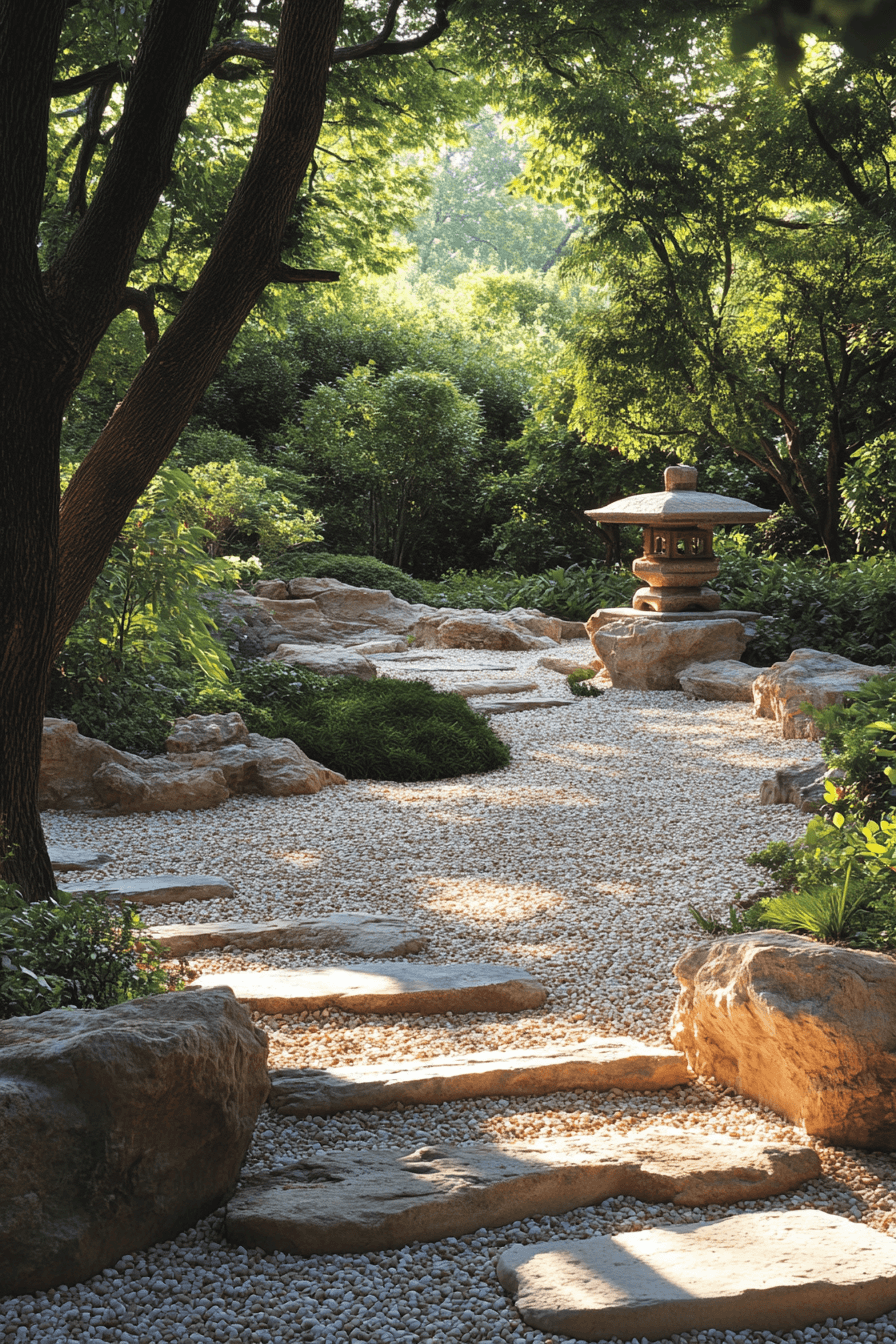
A textured wabi sabi garden delights in the richness of touch and tone. Rough bark, smooth pebbles, and rippling water blend into a world of sensory calm. Each surface tells a quiet story of weather, patience, and age. The variety feels grounding, not busy—a tactile reminder of life’s slow artistry.
9. Stone of Stillness
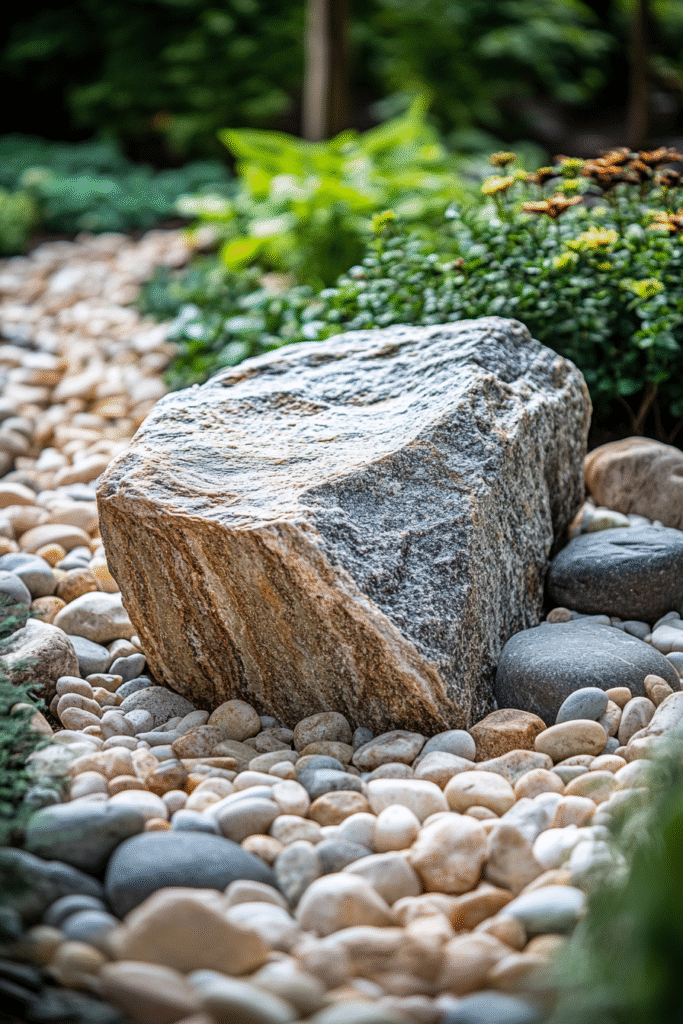
Stone carries memory in every weathered crease of a wabi sabi garden. Large boulders anchor the earth while smaller pebbles meander softly around their base. Their presence brings stillness and structure to the wild beauty of the plants. It’s a balance between strength and surrender.
10. Untamed Nature Harmony
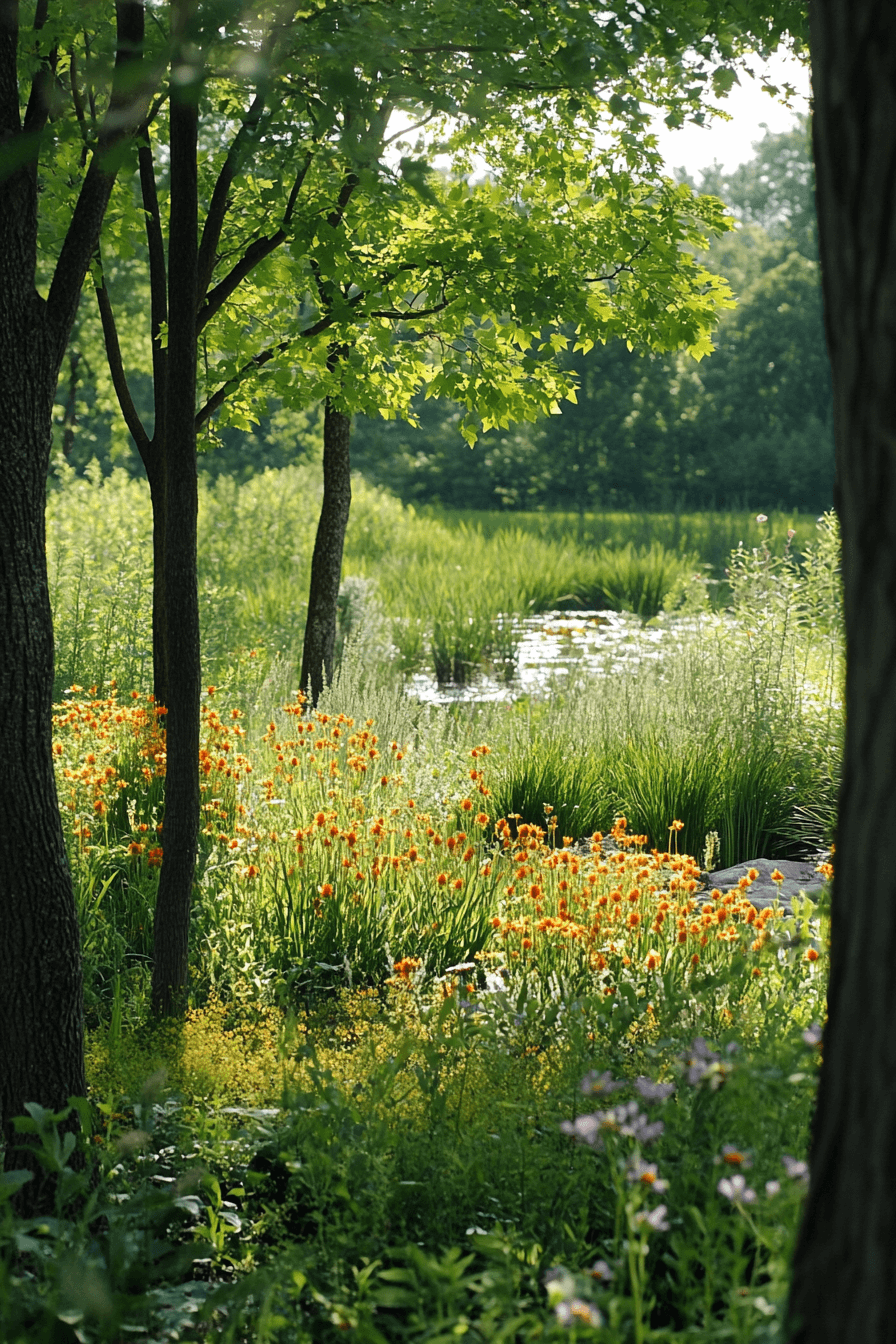
A wild wabi sabi garden hums with life untamed. Grass waves like whispers, petals scatter where they may, and every season brings its own rhythm. The beauty lies in letting nature lead instead of controlling its dance. It’s unpredictable, yet somehow perfect.
11. Quiet Reflection Nook
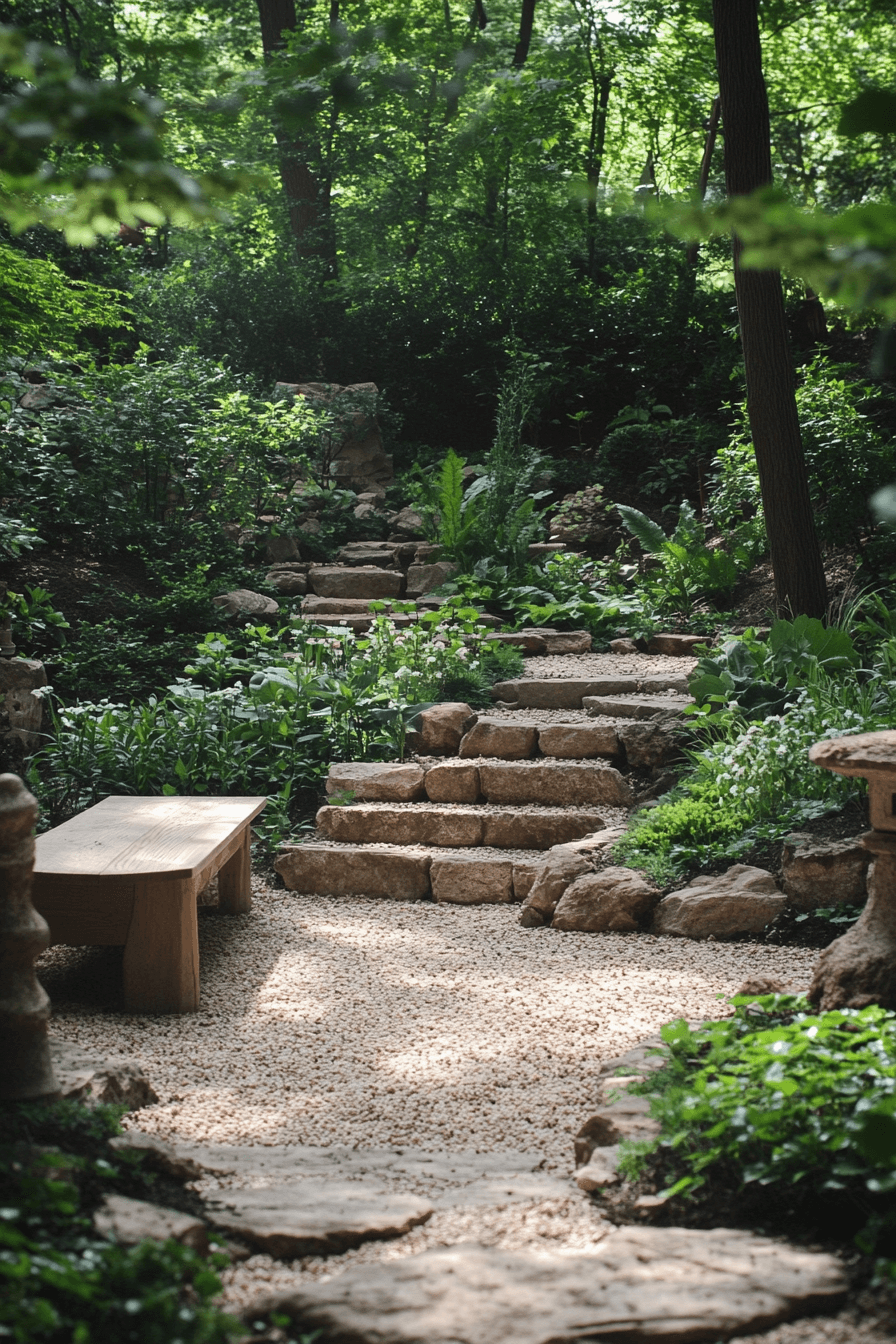
Quiet corners define the heart of a true wabi sabi garden. A single bench shaded by vines becomes a sanctuary for thought and rest. Sunlight filters through softly, painting moving shadows on stone and moss. These intimate spaces hold room for stillness and gratitude.
12. Curved Rhythm Sanctuary
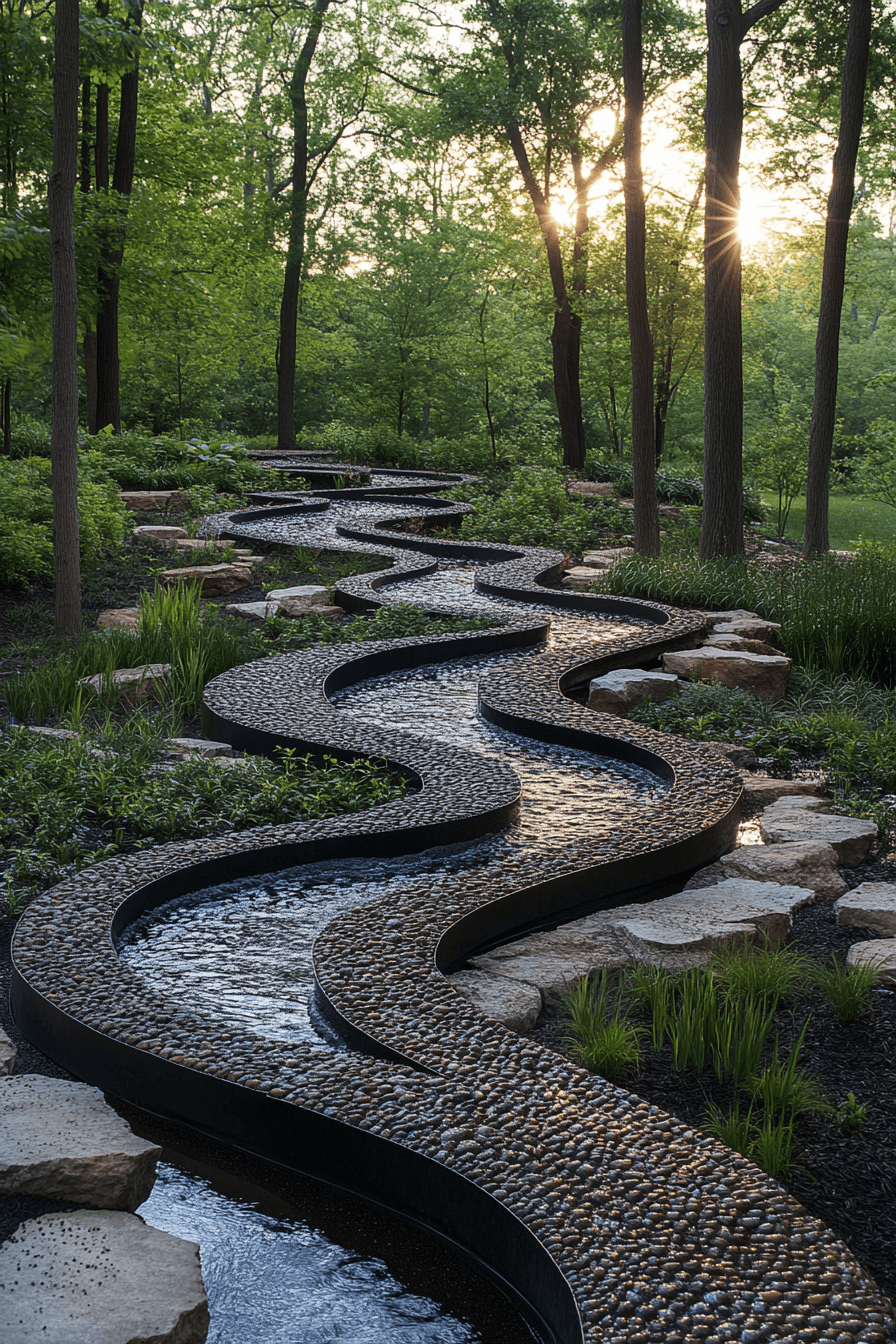
Movement flows naturally through a wabi sabi garden shaped with gentle curves. Water drifts, paths wind, and branches arch with organic ease. Every bend feels like a breath—slow, steady, and alive. The softness of form invites calm at every glance.
13. Pebble Path of Calm
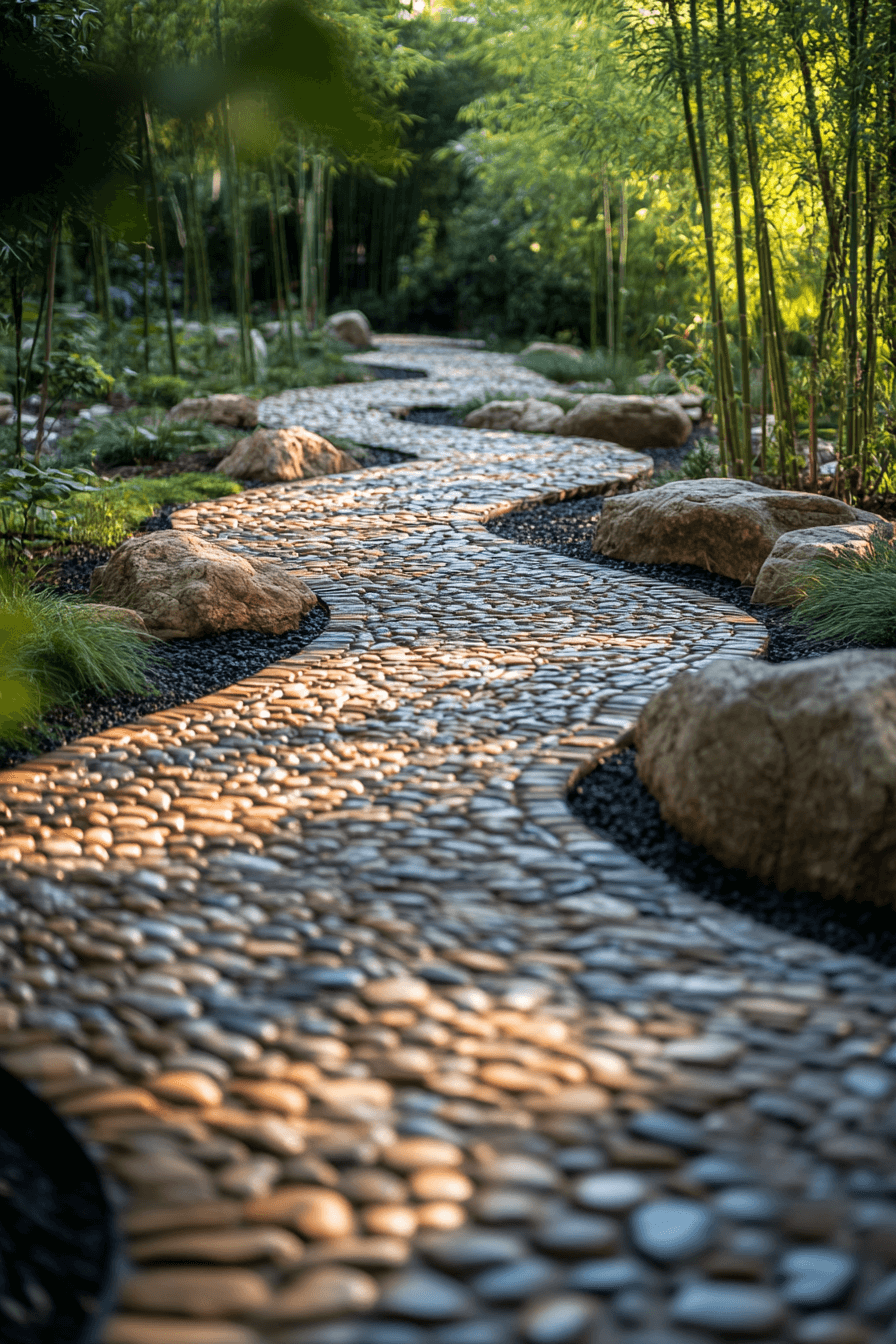
The pebble paths of a wabi sabi garden offer mindfulness with every step. Their crunch underfoot reminds you to slow down and be present. Patterns formed by age and time create quiet rhythm beneath your feet. Even the smallest stones hold beauty.
14. Raw Earth Aesthetic
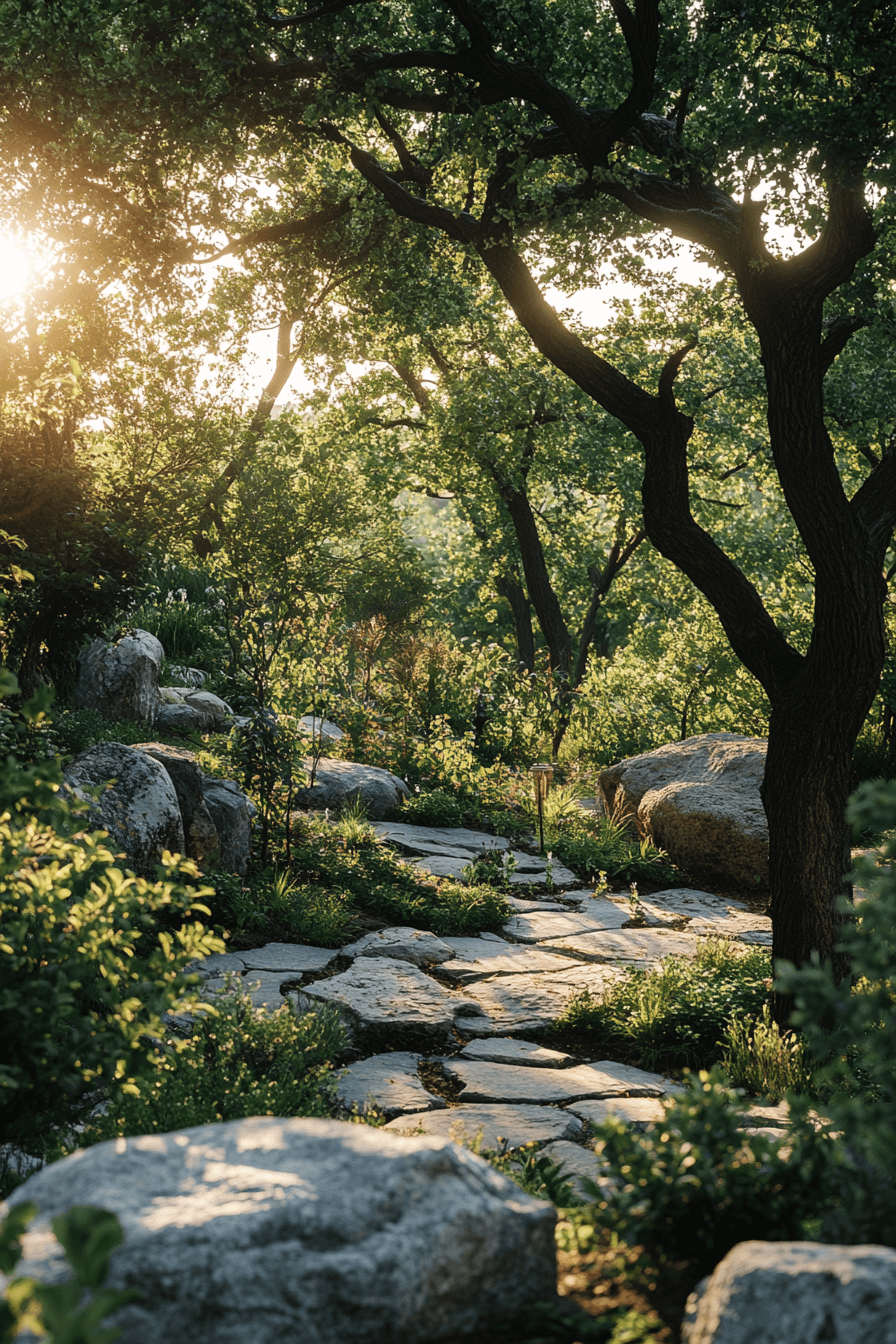
In the raw textures of a wabi sabi garden, authenticity finds its home. Rough stones, uncut wood, and fading leaves blend into something deeply human. Nothing is manicured—only meaningful. It’s imperfect, but honest.
15. Fluid Motion Oasis
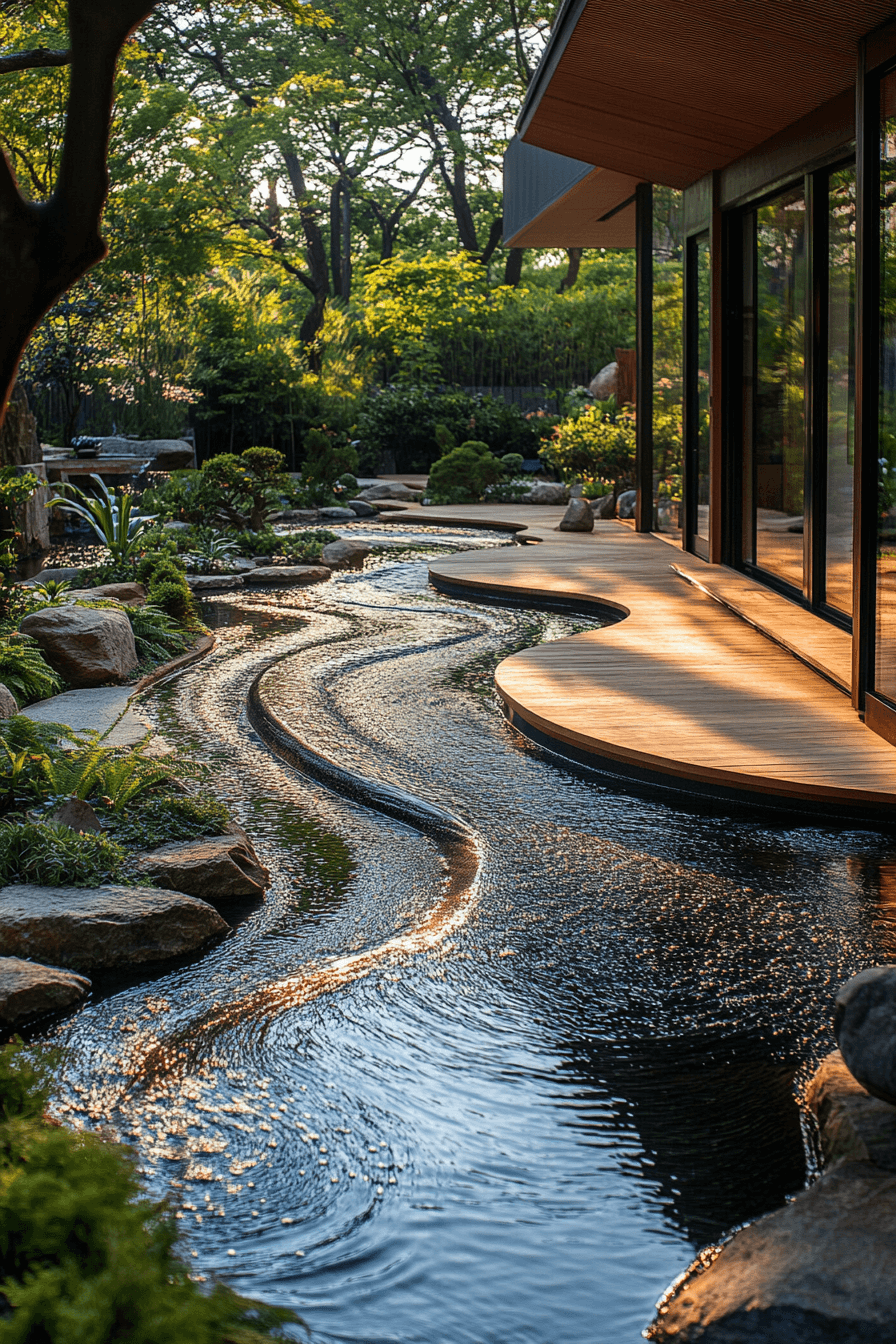
A wabi sabi garden alive with flowing forms feels like poetry in motion. Curved branches, soft ripples of water, and drifting petals guide the eye gently across the space. There’s no rigidity here, only quiet rhythm. It feels as though the garden itself is breathing.
16. Weathered Grace Garden
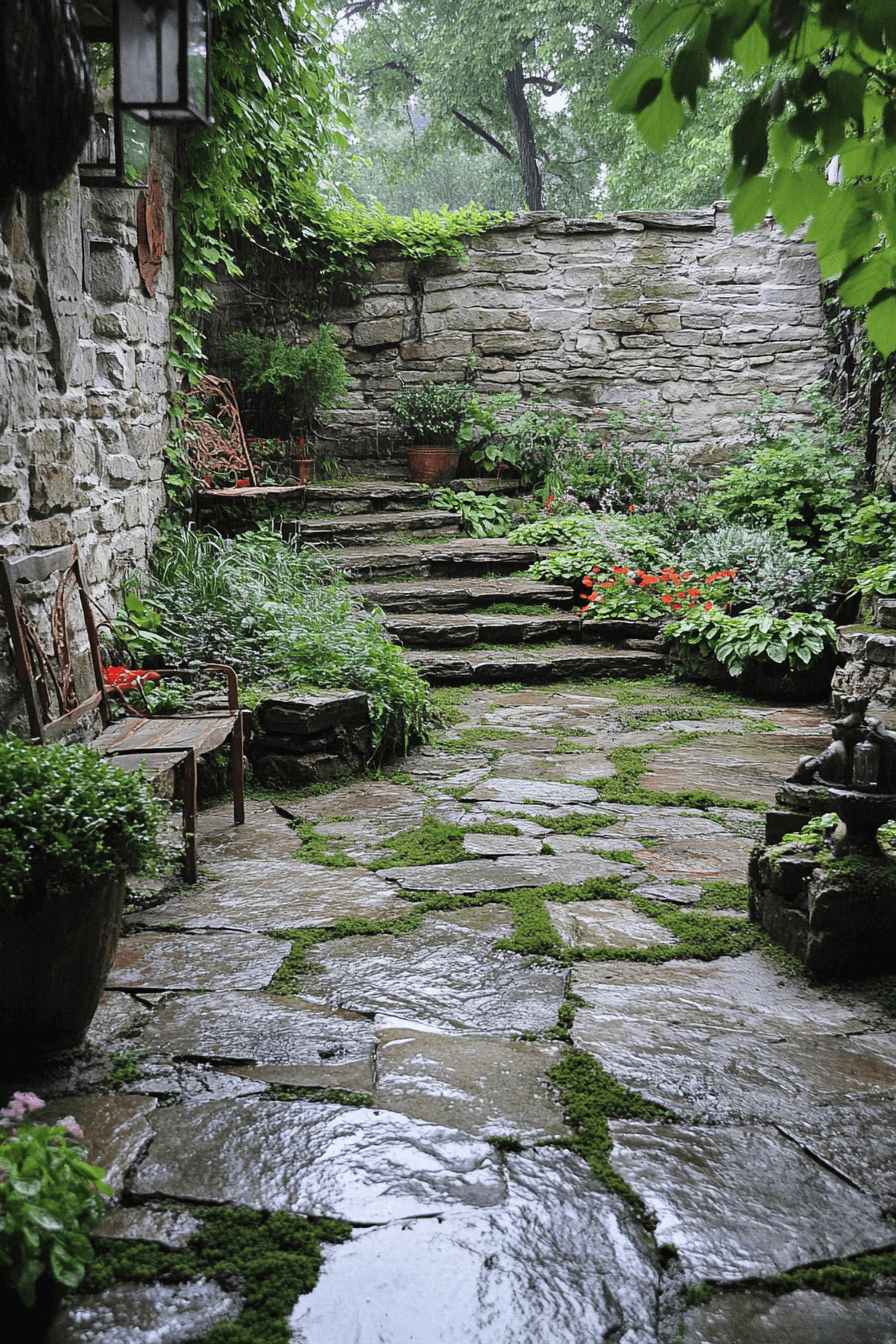
Time becomes the gardener in a weathered wabi sabi garden. Cracked stones, mossy benches, and aged pots hold beauty earned through patience. The marks of wear tell stories no new design can replicate. It’s living proof that aging is art.
17. Authentic Earth Refuge
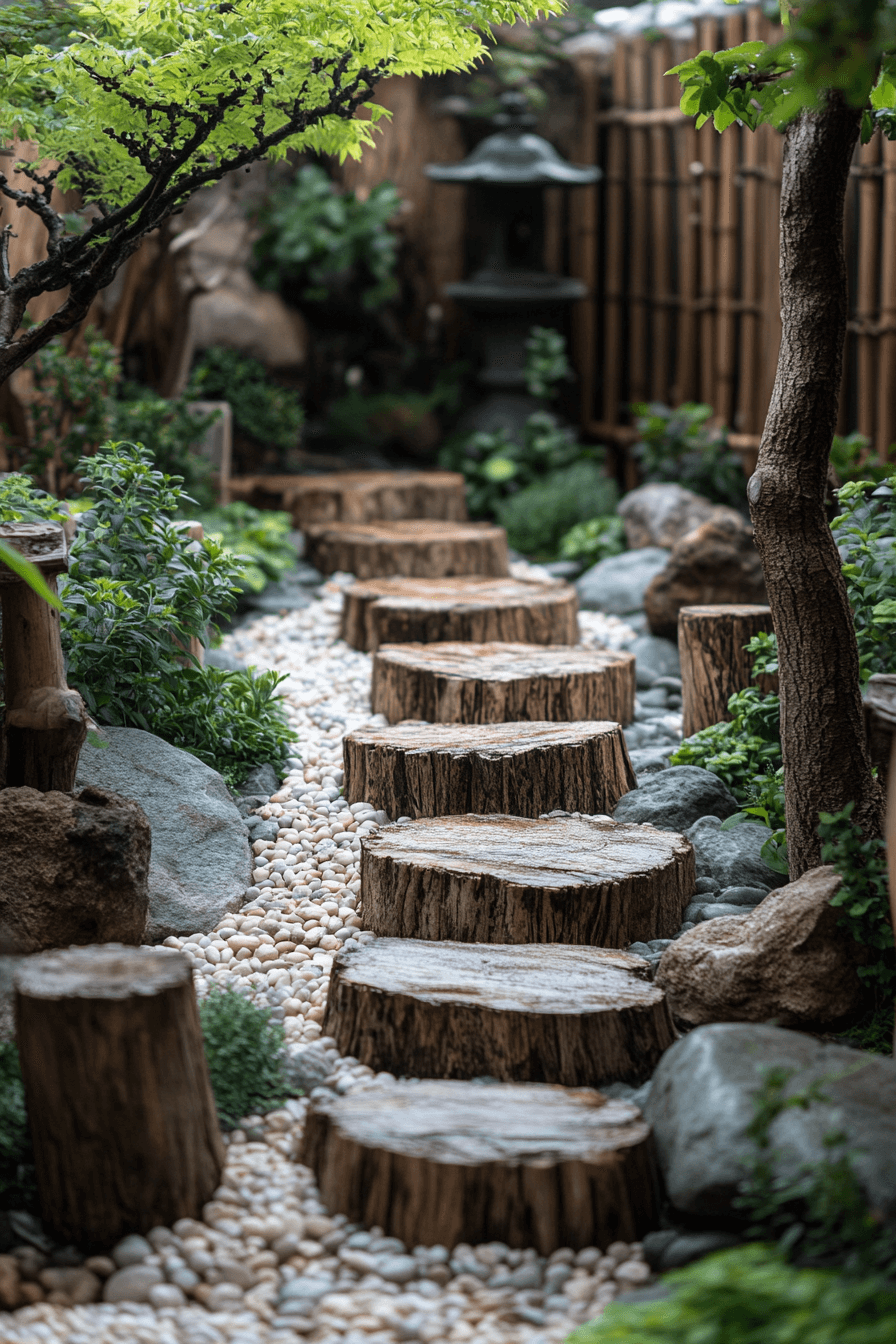
An unpolished wabi sabi garden teaches you to see beauty without shine. Every jagged edge, every fallen leaf, every uneven surface adds character. It’s a place where honesty outshines perfection. The result is humble, peaceful, and grounding.
18. Nature’s Sculpted Wonder
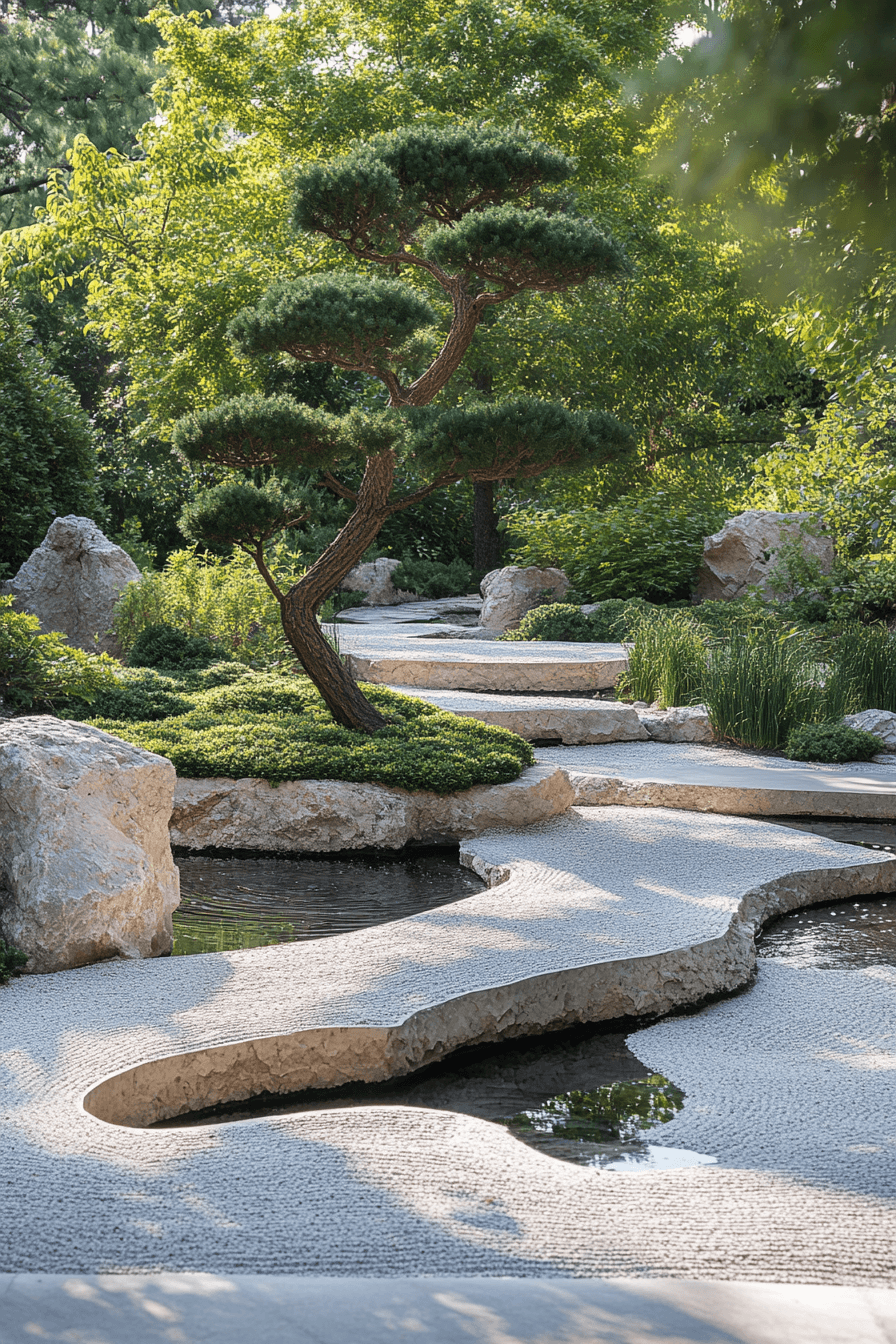
Sculpted by nature herself, this wabi sabi garden flows with quiet majesty. Weathered trees, smoothed stones, and wind-carved branches tell tales of endurance. Nothing forced, nothing contrived—just the elegance of time’s patient work. It feels ancient yet alive.
19. Grasses in Motion
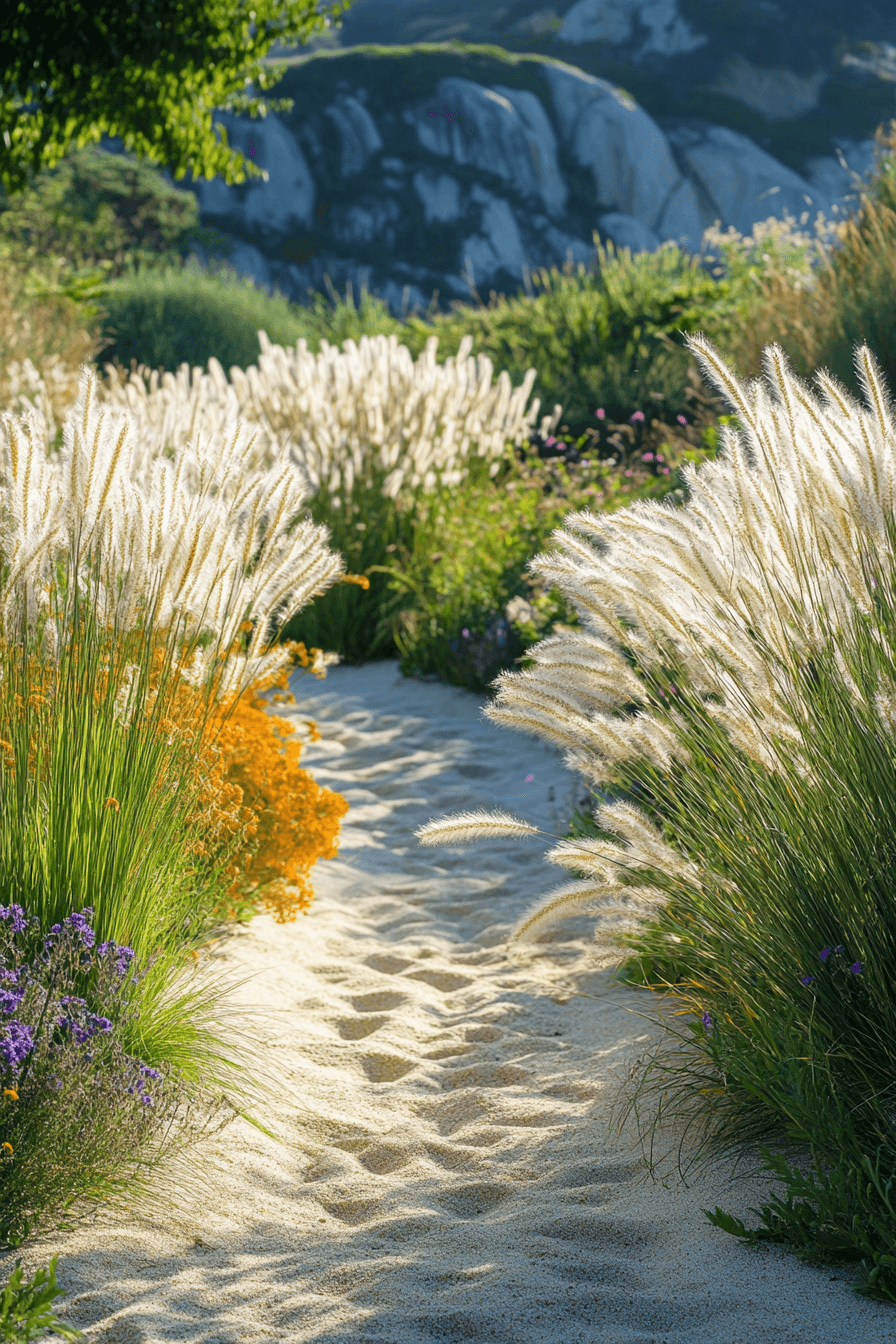
A wabi sabi garden alive with grasses sings softly with every breeze. The wind carries movement like a slow dance, reshaping the garden’s rhythm each day. Every sway and whisper brings a sense of gentle connection. Stillness and motion exist as one.
20. Calm Green Symphony
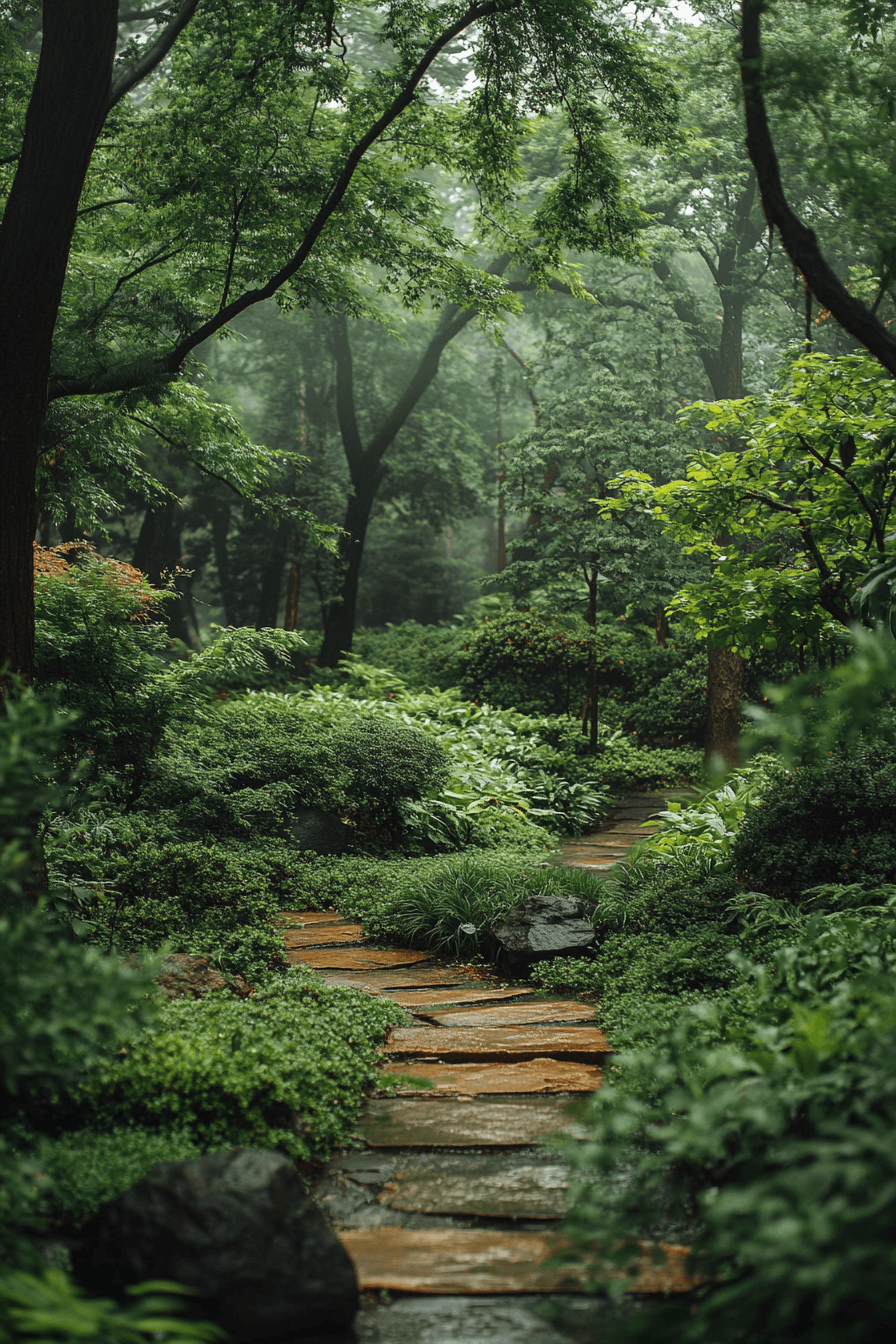
In a wabi sabi garden, the color green becomes a meditation. Shades of moss, sage, and fern blend into a visual whisper of calm. Light shifts gently across each leaf, creating layers of peaceful motion. The garden feels cool, steady, alive.
21. Tangle of Wild Grace
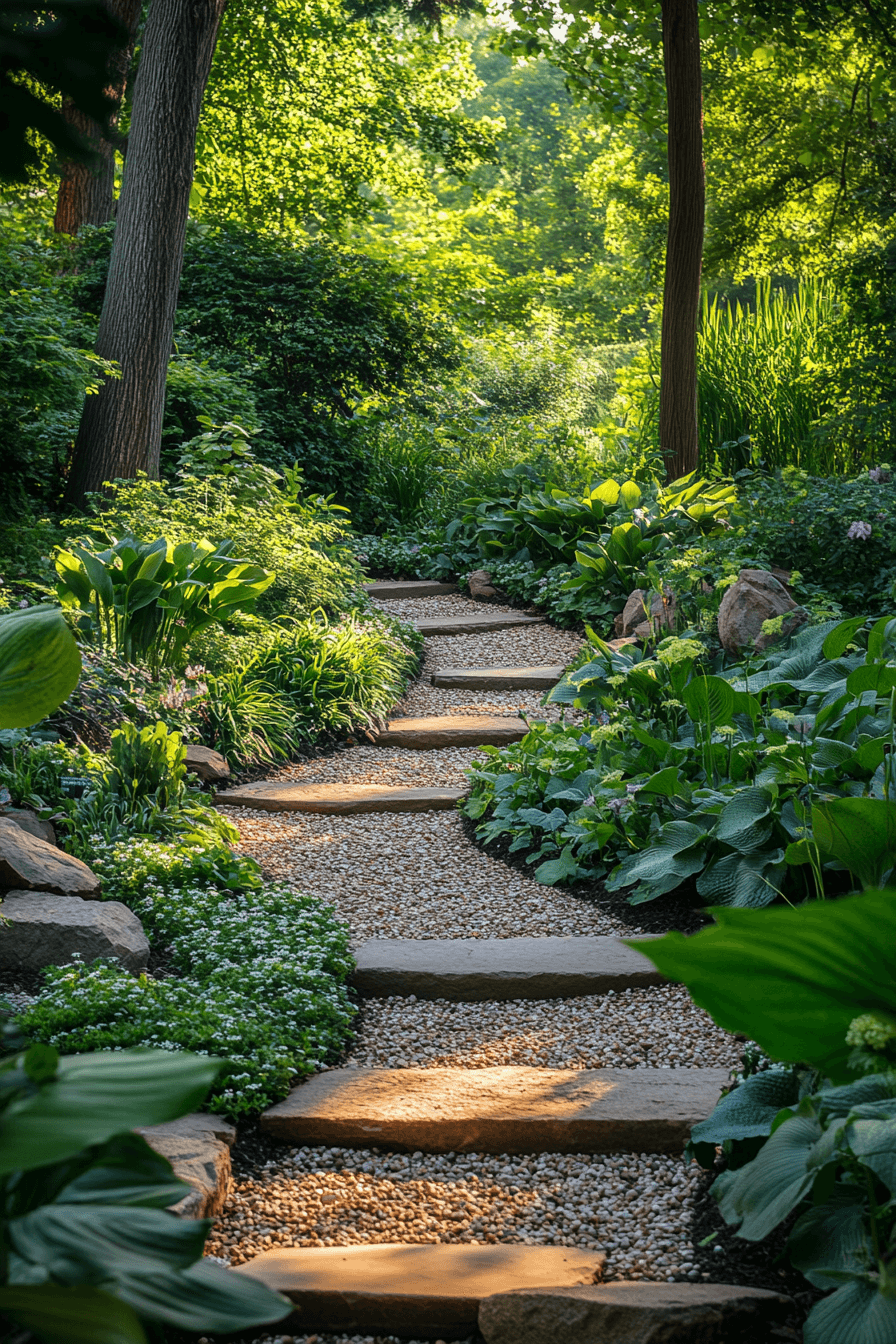
Wild abundance reigns in a wabi sabi garden tangled with life. Flowers climb freely, ferns unfurl in unexpected corners, and vines create natural artwork on stone. It’s lush, imperfect, and filled with movement. The chaos feels strangely harmonious.
22. Muted Earth Palette
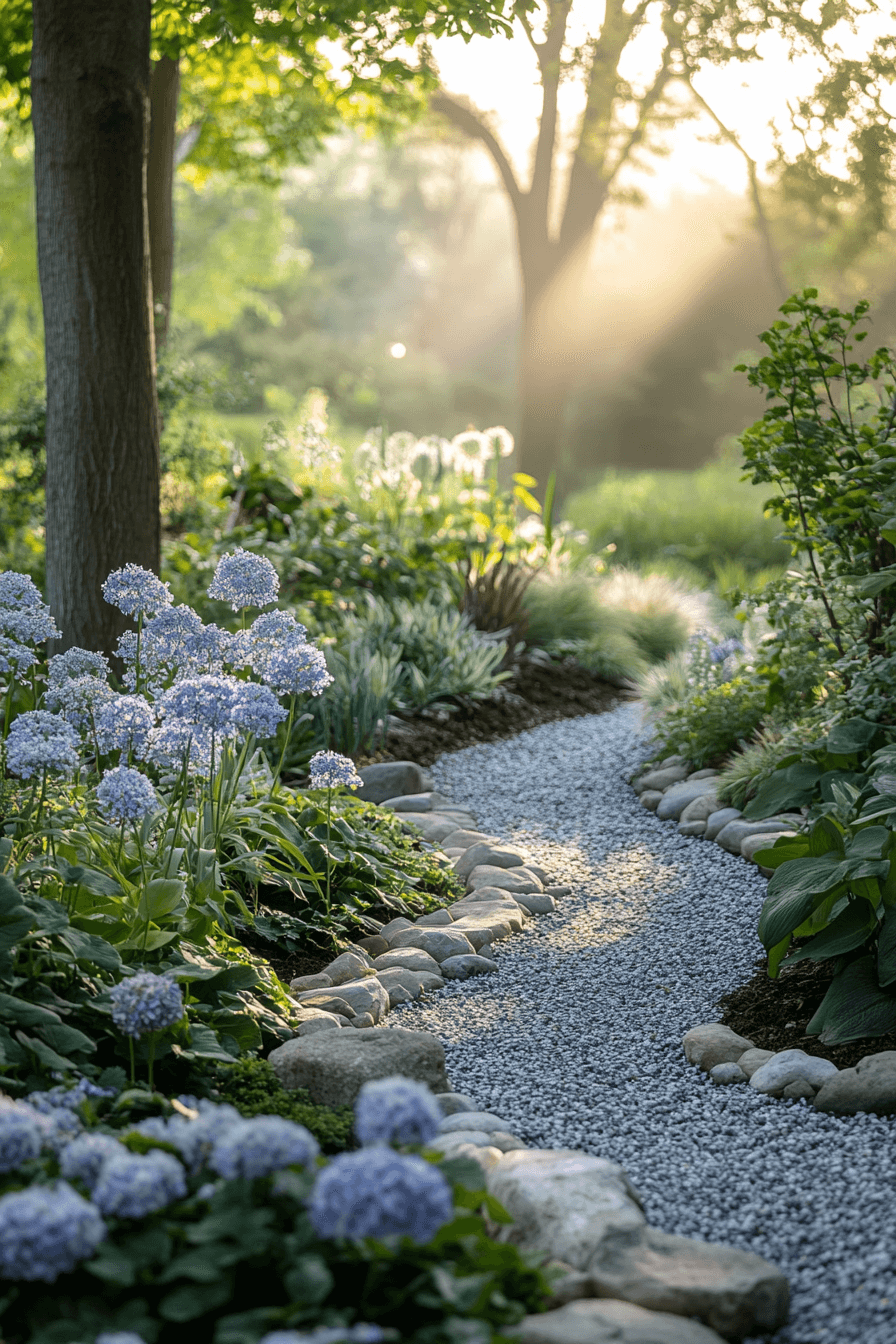
A wabi sabi garden wrapped in muted tones offers peace through subtlety. Dusty greens, faded browns, and soft grays blend with light and shadow. The palette soothes instead of shouts, creating timeless quiet. It’s a whisper of beauty that lasts.
23. Living Mosaic Retreat
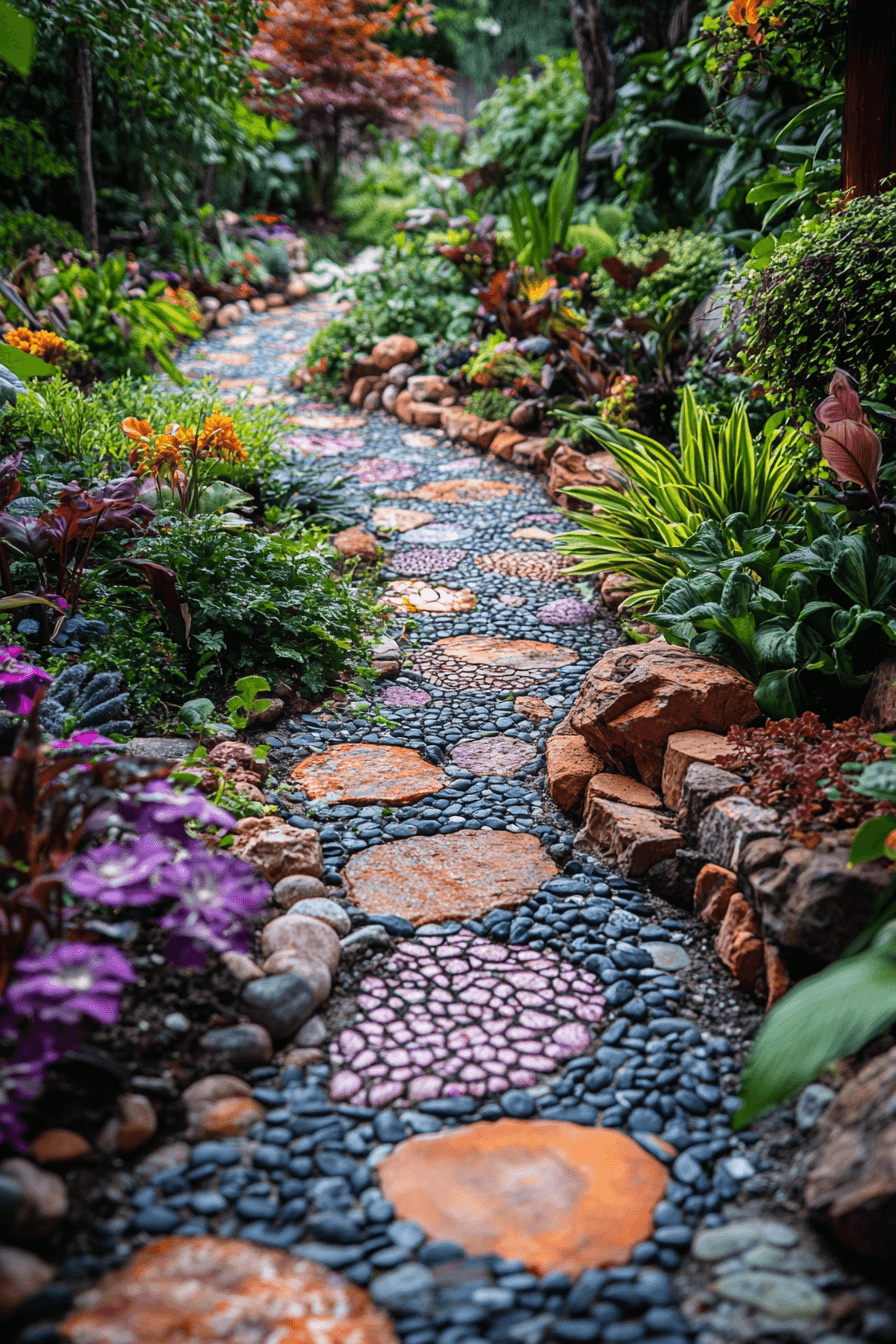
Every season paints a new layer in the mosaic of a wabi sabi garden. Stones, leaves, and flowers overlap to form a living collage of change. Each shift tells a story of growth and surrender. It’s evolution you can touch.
24. Barefoot Earth Path
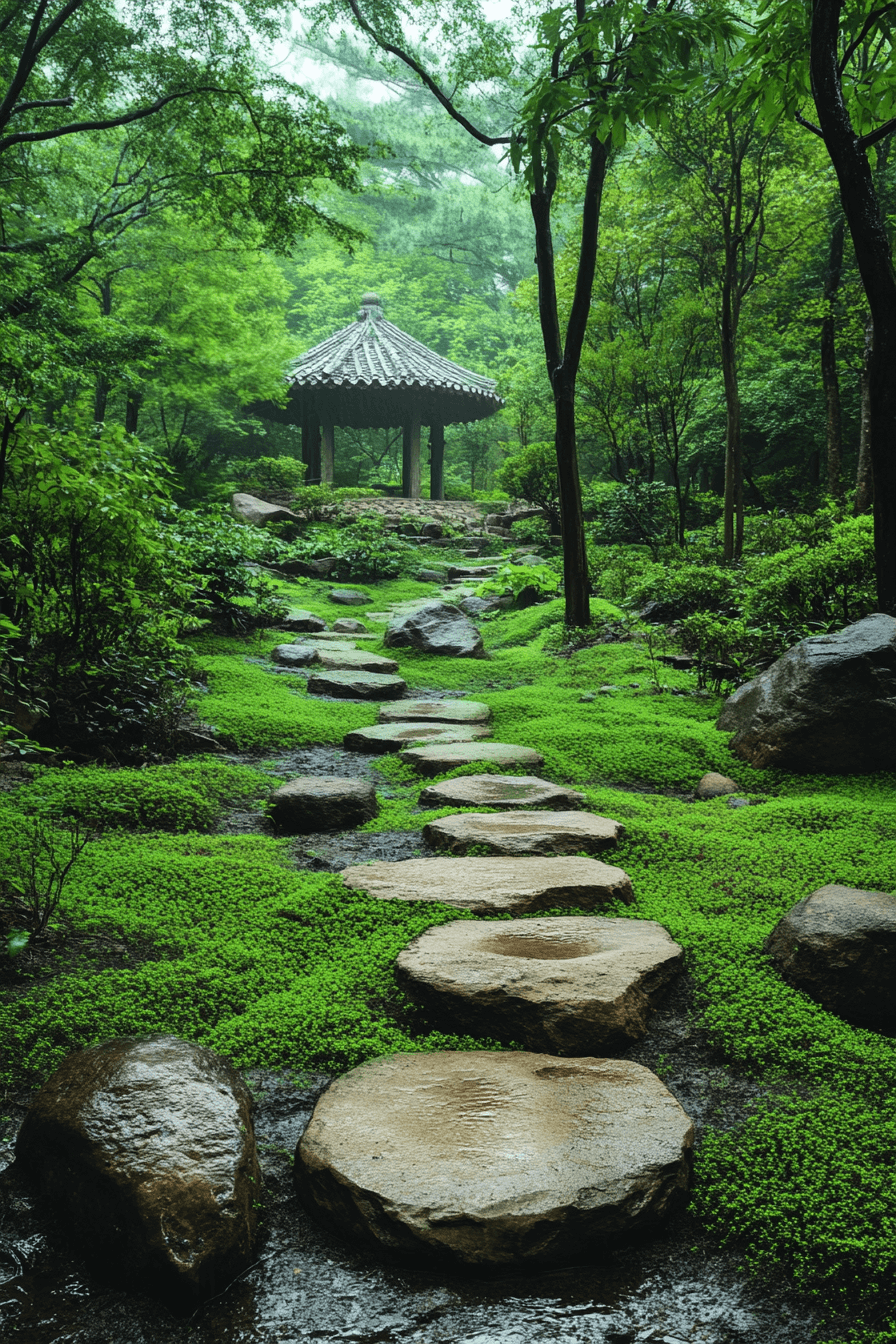
A barefoot walk through a wabi sabi garden reconnects you with the earth’s pulse. Cool stones, velvety moss, and soft soil create a path that heals through touch. It’s meditation underfoot, pure and grounding. The simplicity feels divine.
25. Wild Freedom Bloom
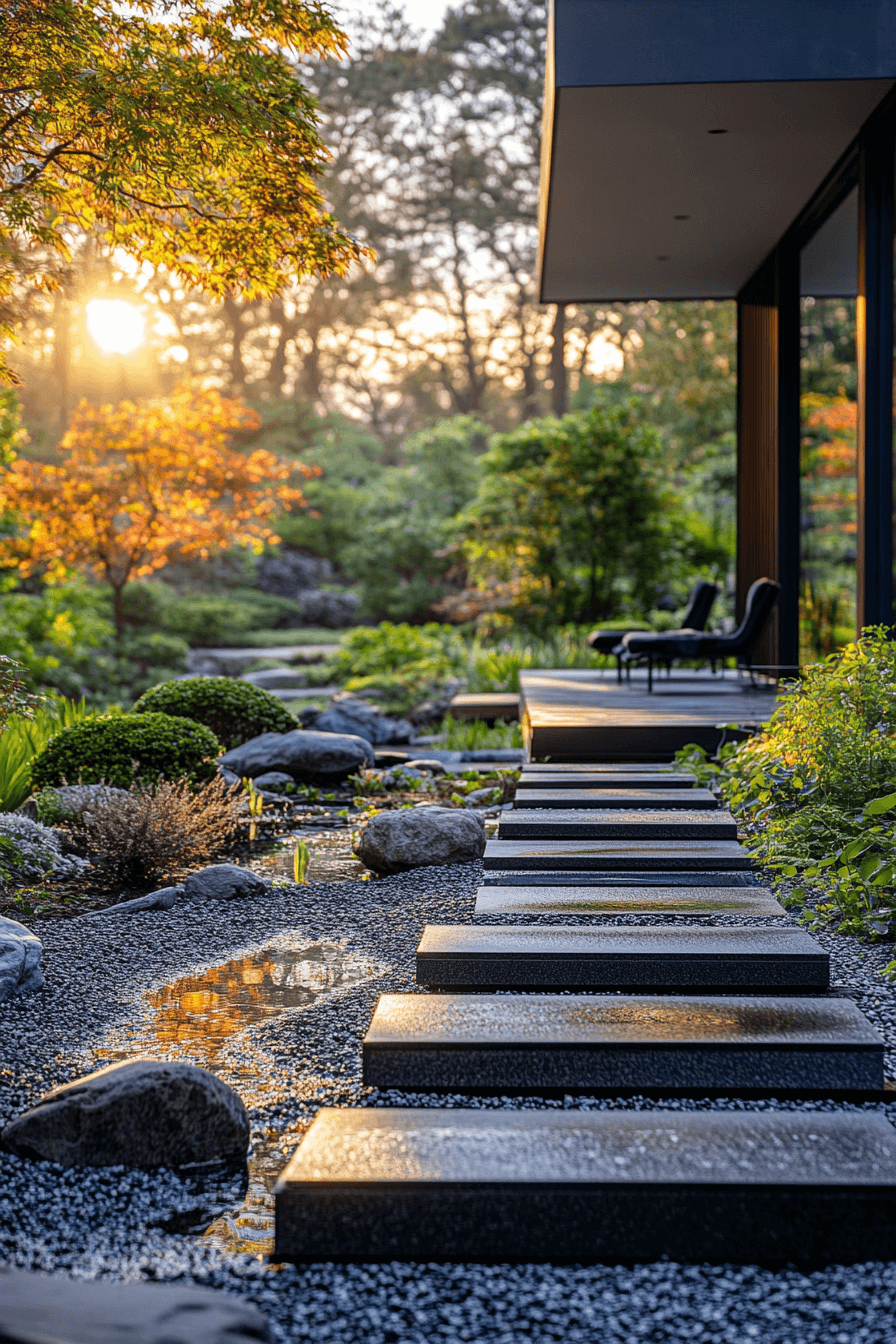
Freedom takes root in an untamed wabi sabi garden. Flowers spill past borders, vines cross paths, and sunlight filters through without direction. It’s wild, messy, and breathtakingly honest. The more nature leads, the more alive it becomes.
26. Wind Song Sanctuary
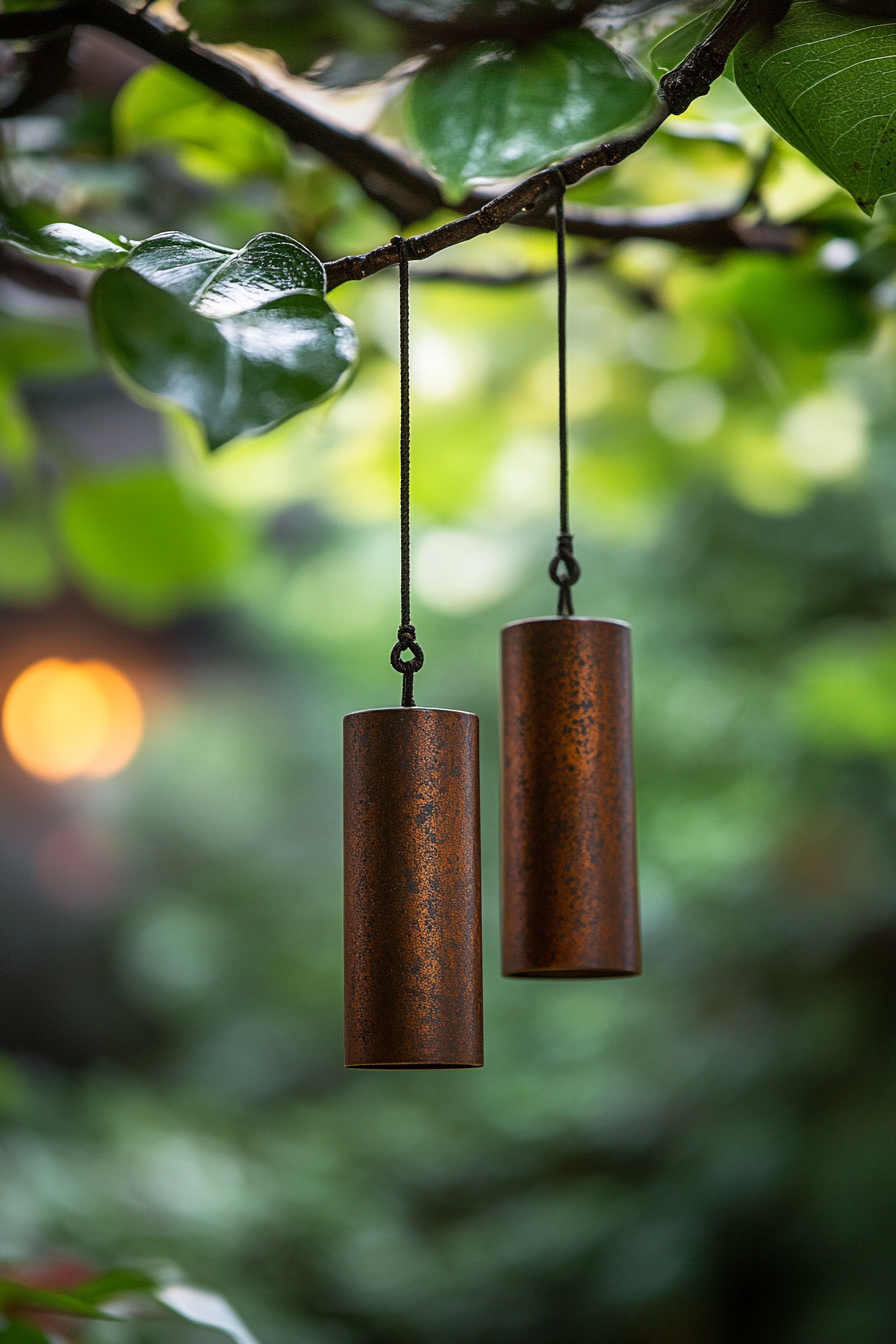
A whispering wind turns a wabi sabi garden into living music. Chimes sing, leaves rustle, and branches sway in rhythm with the breeze. Each sound carries a note of peace. It’s harmony made by air and time.
27. Shaded Serenity Space
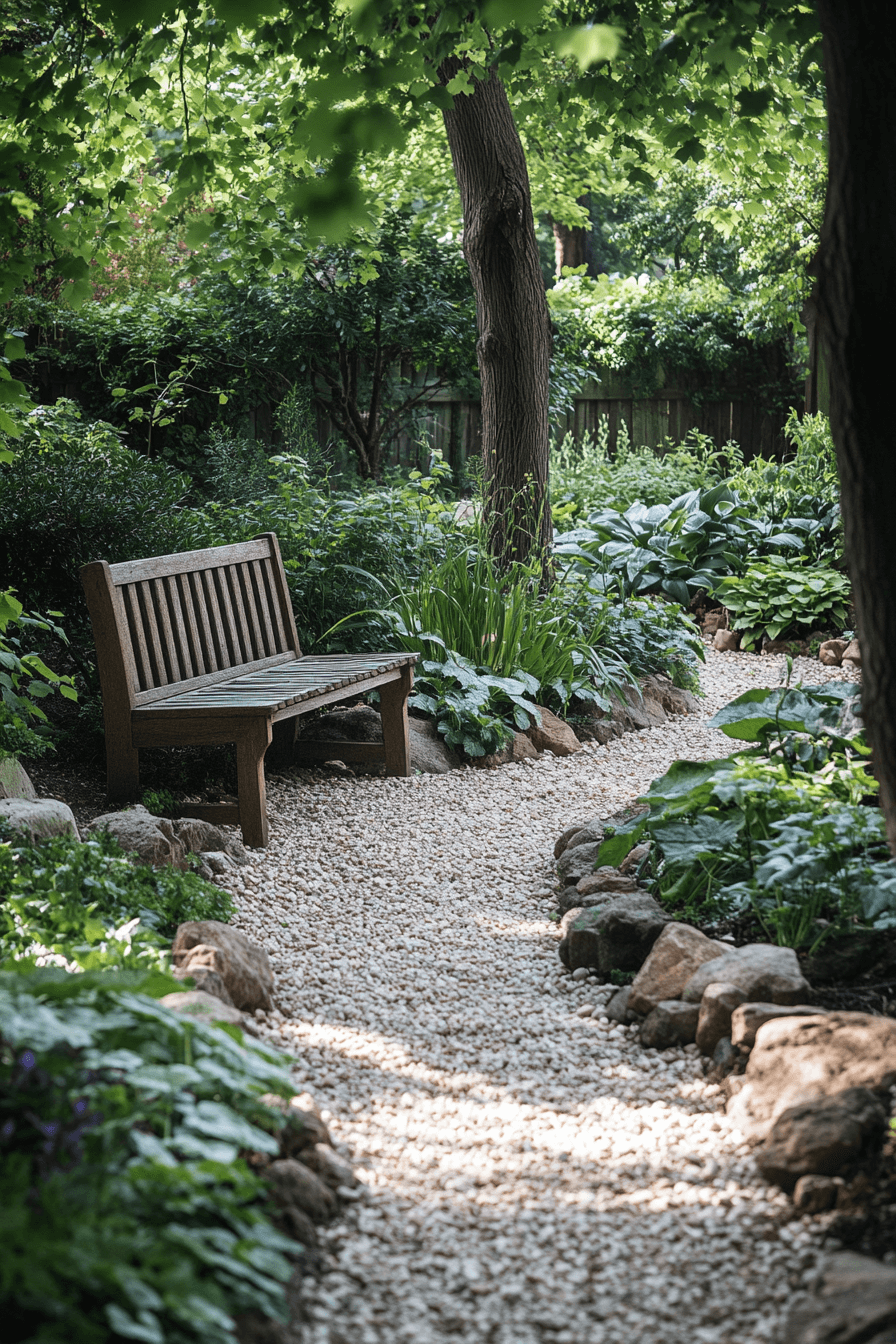
Shade gives a wabi sabi garden its soul. Beneath trees and textured bark, the light becomes soft and diffused, creating a space made for reflection. The quiet feels sacred, like the pause between thoughts. It’s beauty in stillness.
28. Weather-Touched Haven
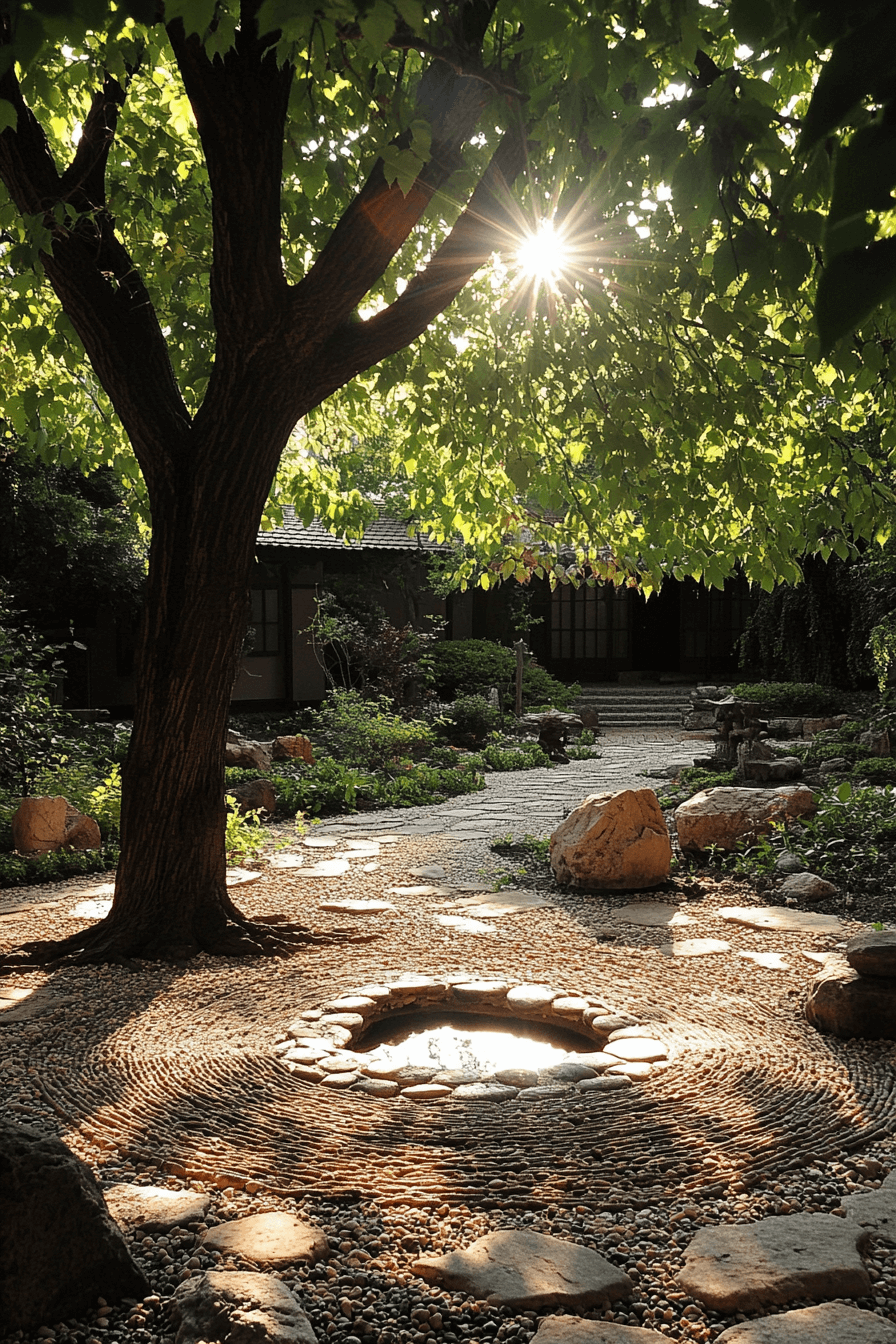
Rain, sun, and wind are the artists of a weather-marked wabi sabi garden. Surfaces darken, lighten, and shift with the seasons, revealing texture and truth. It’s a canvas painted by time itself. Every change feels like renewal.
29. Tranquil Canopy Refuge
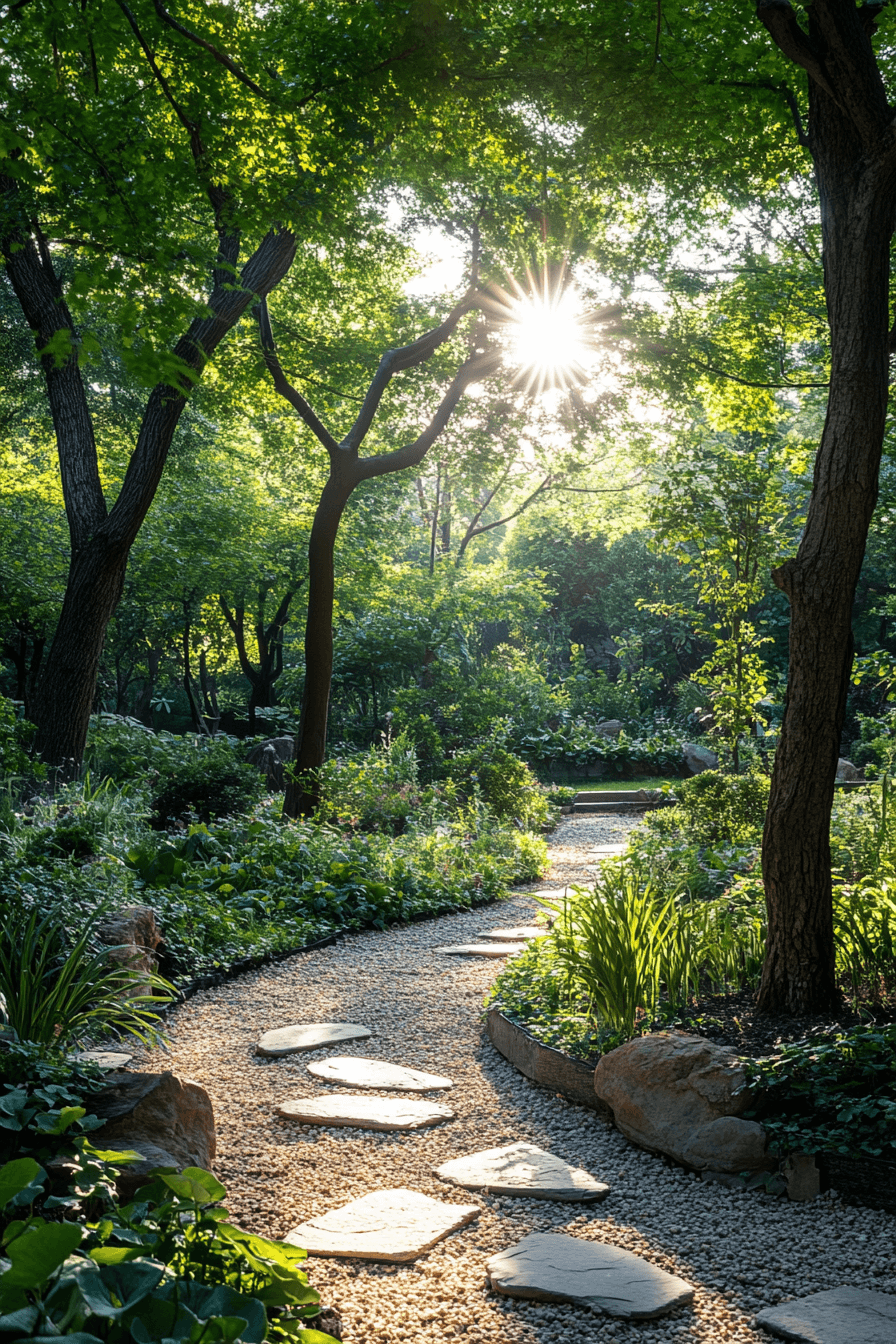
Beneath the canopy of a wabi sabi garden, the world feels hushed and whole. Dappled light glows on leaves while the air hums with quiet life. The imperfection of branches becomes its beauty. It’s a living shelter for calm and reflection.
A Wabi Sabi garden reminds us that beauty doesn’t need to be perfect — it simply needs to be real. Each weathered stone, uneven path, and gentle bloom tells a story of peace, patience, and harmony with nature. These ideas inspire you to slow down, breathe deeply, and appreciate the quiet magic in simple things. So step outside, listen to the rustle of the leaves, and let your garden become a peaceful sanctuary filled with balance, joy, and the timeless beauty of imperfection.






